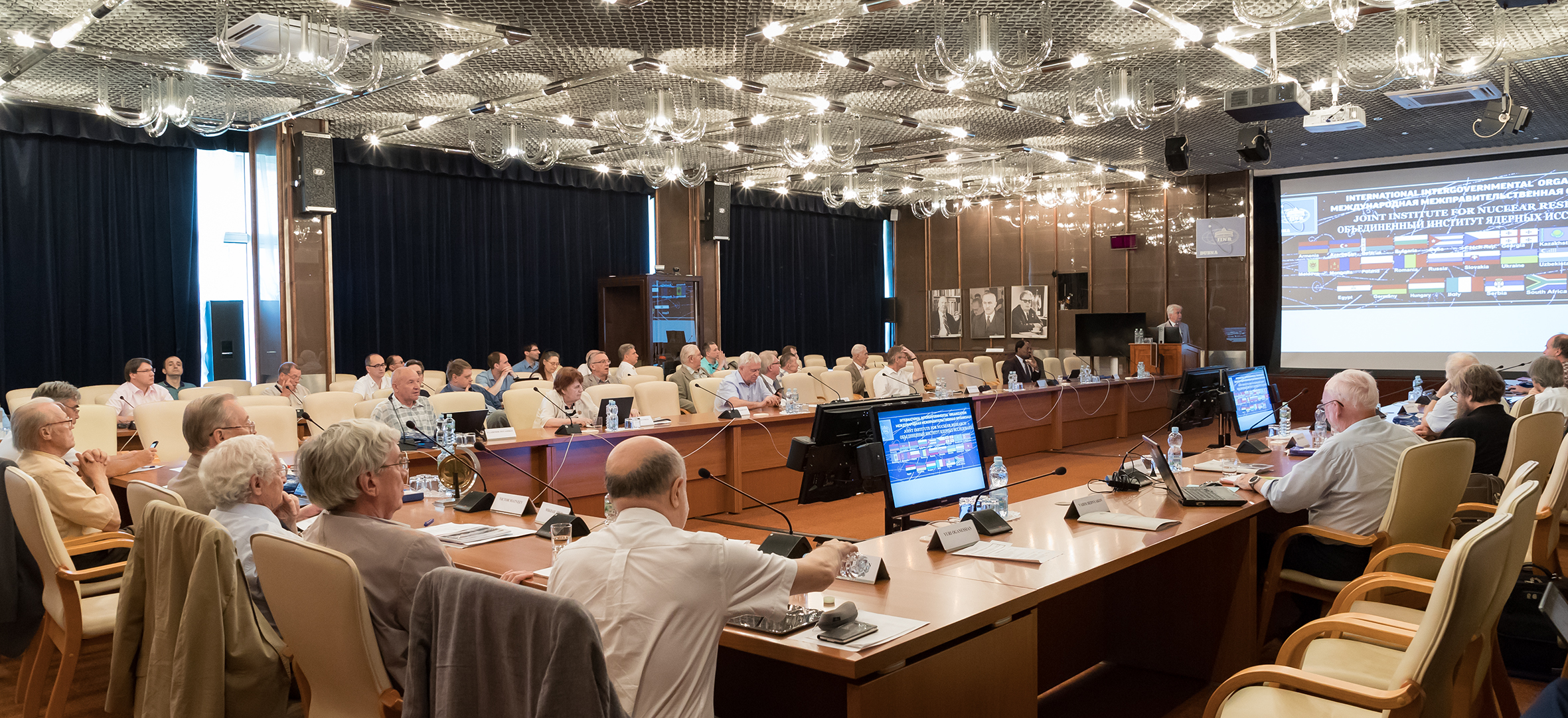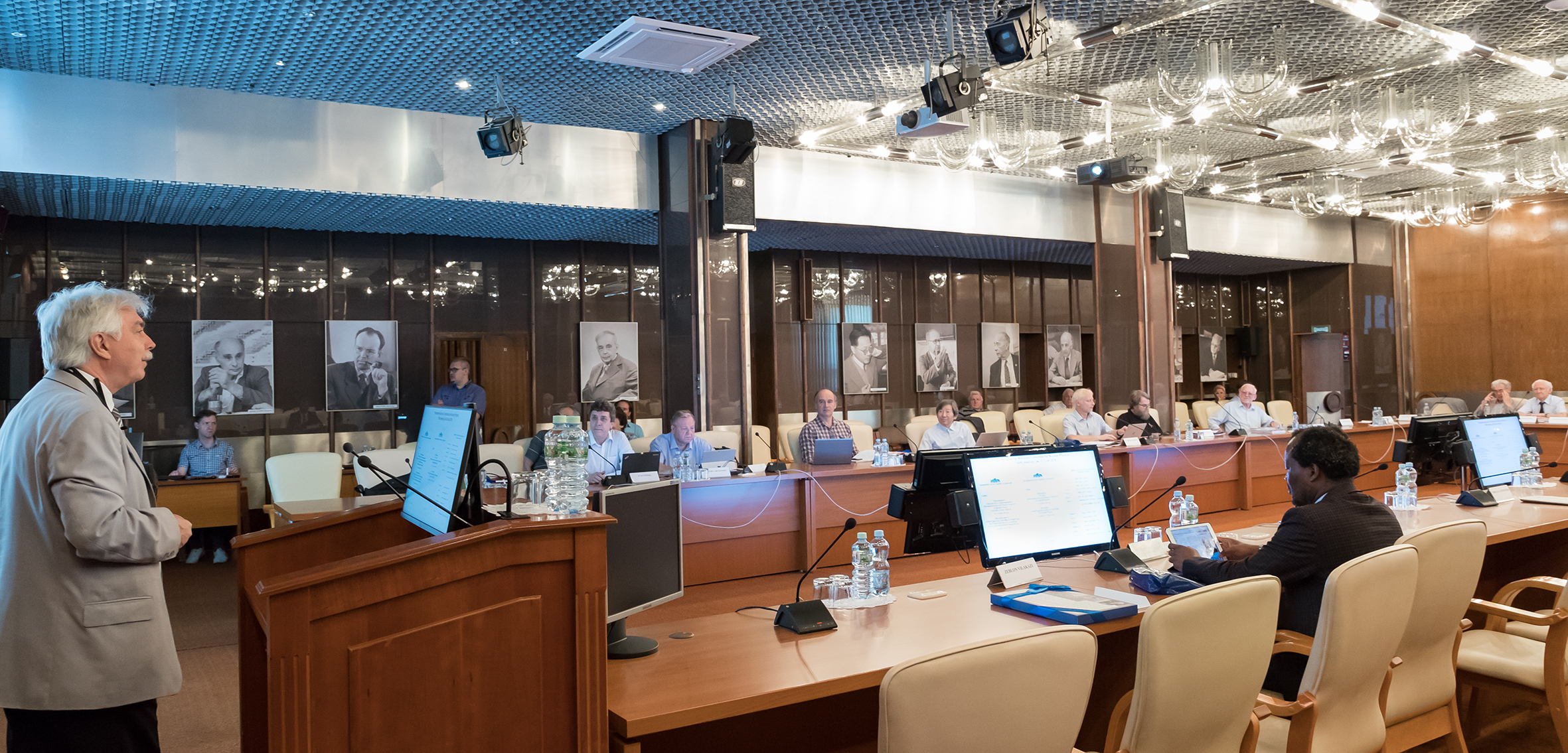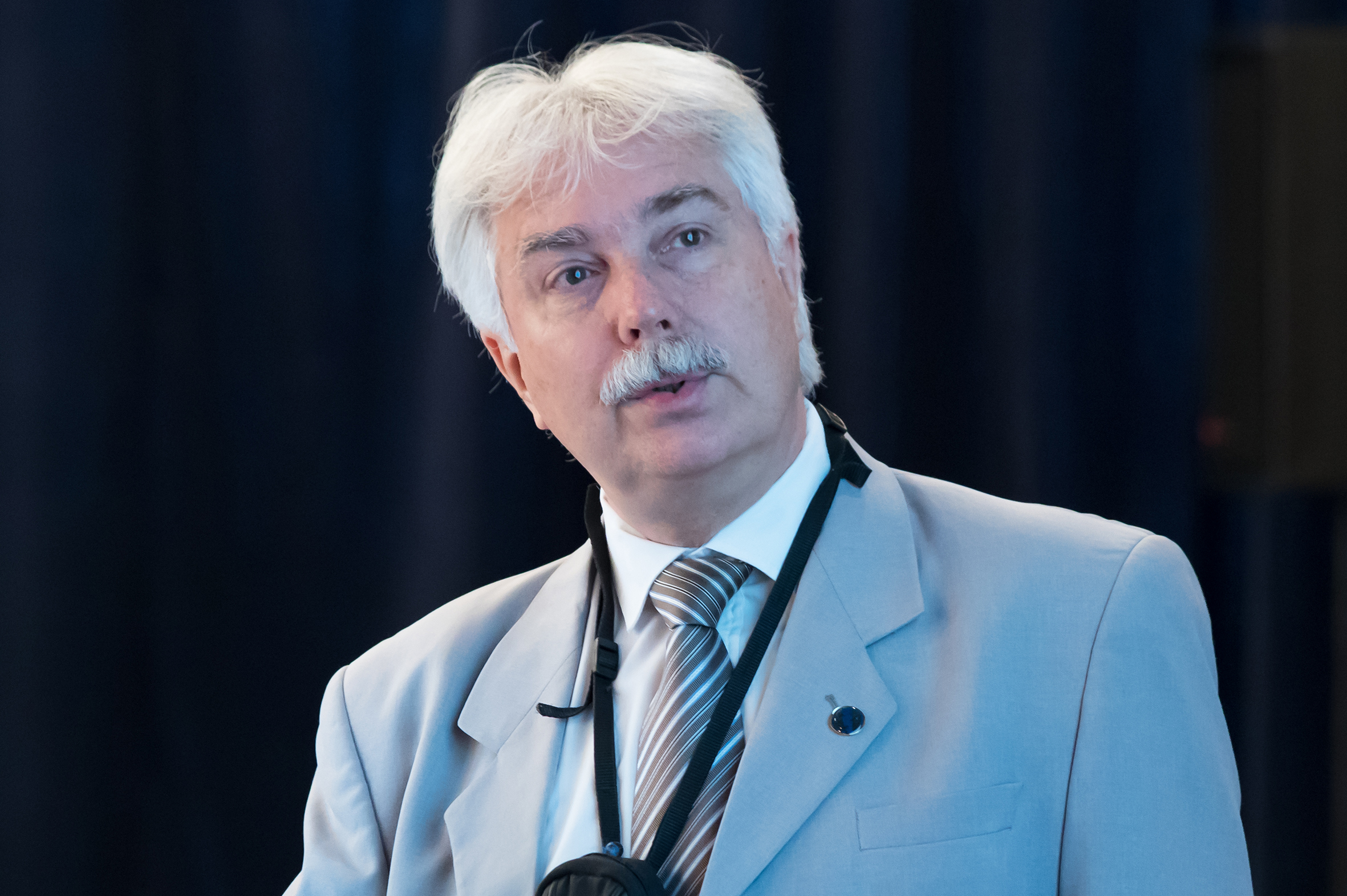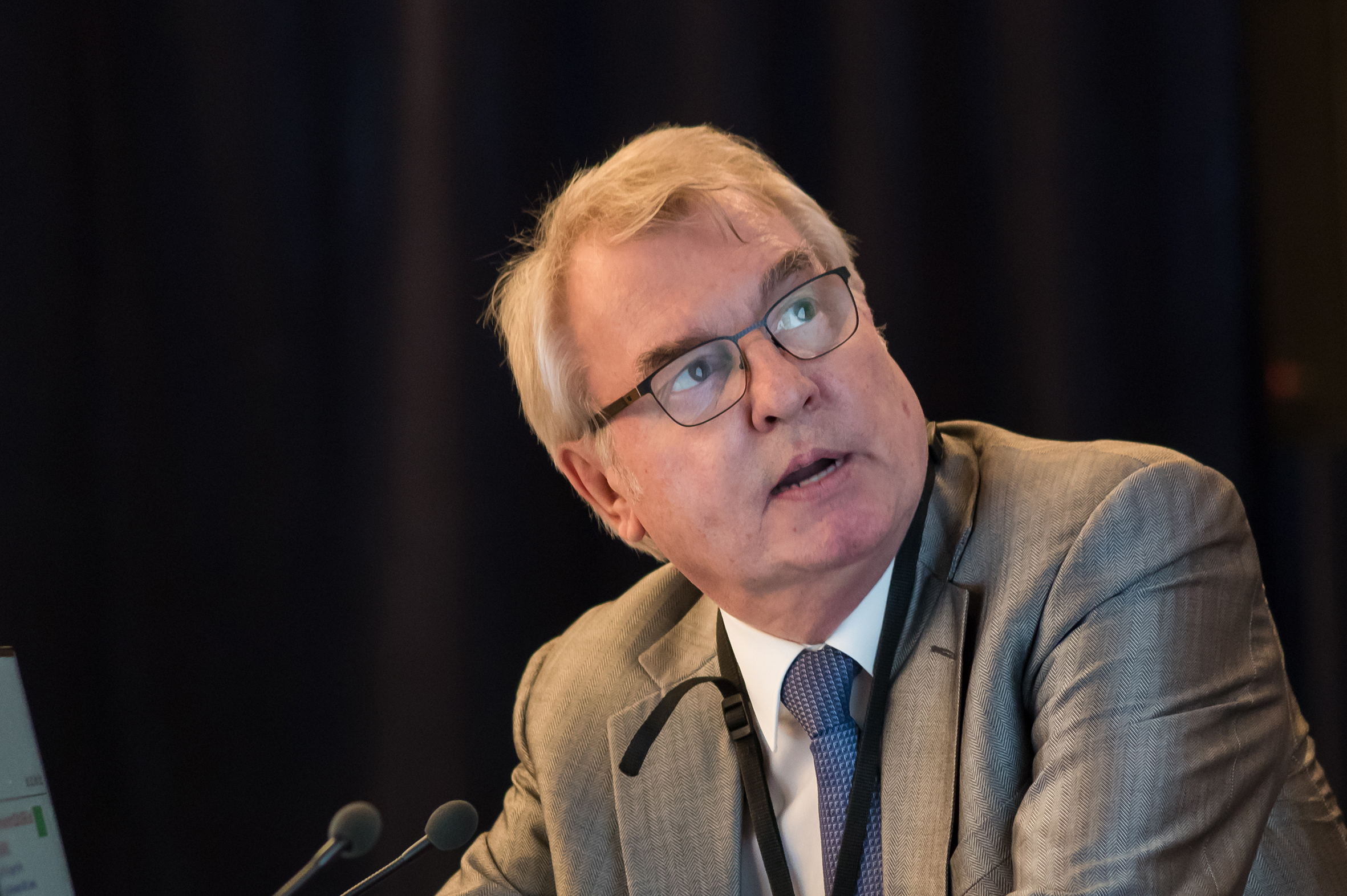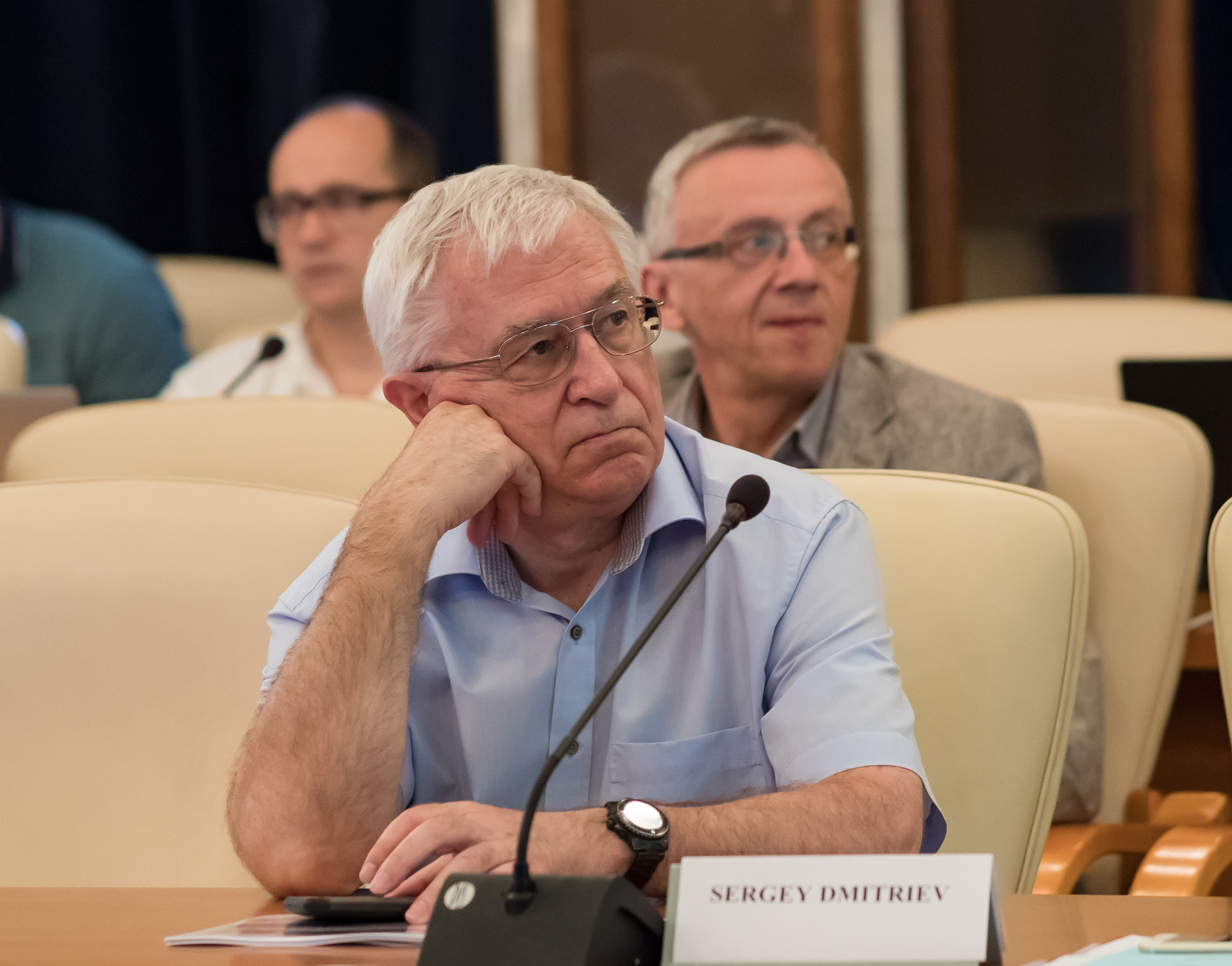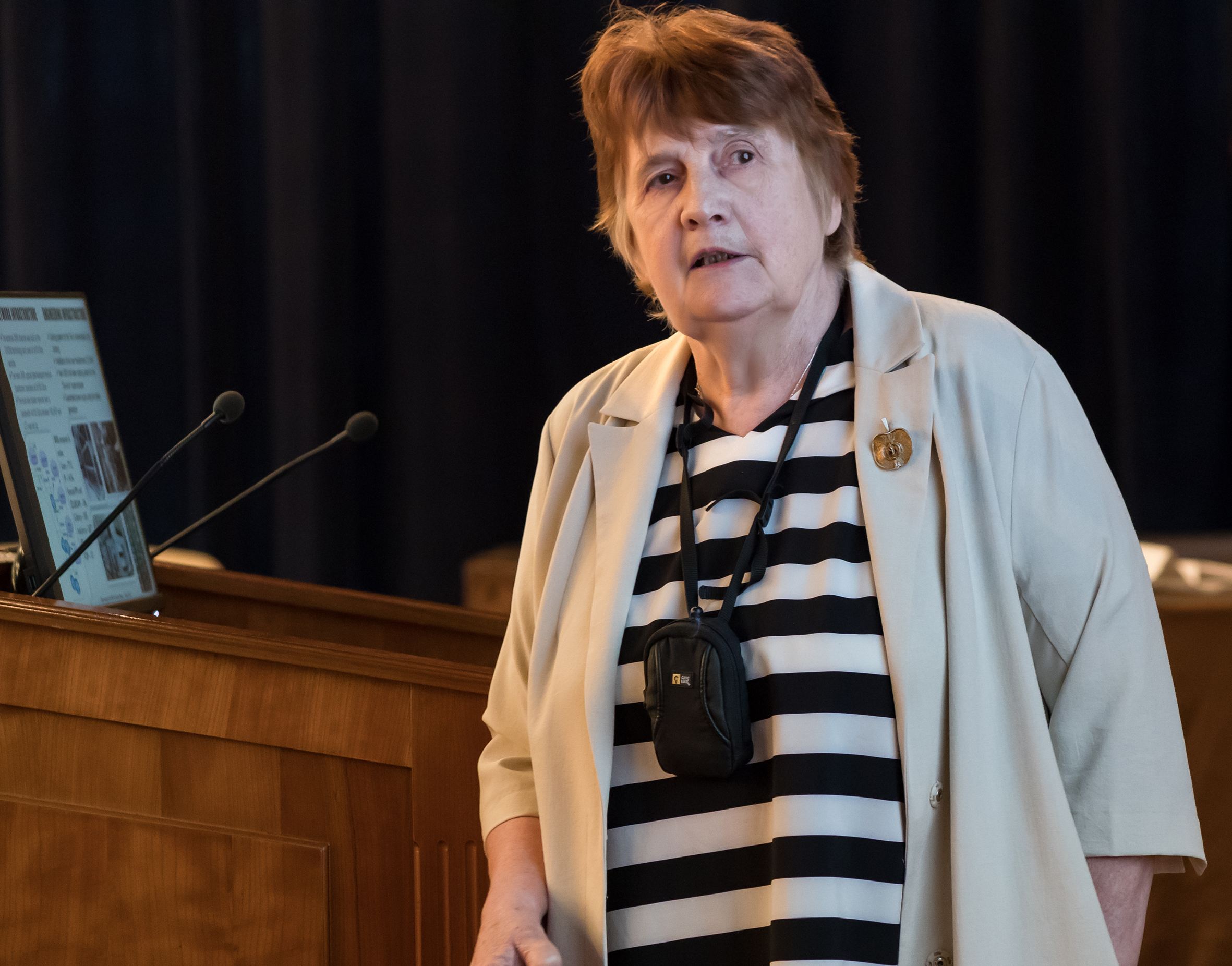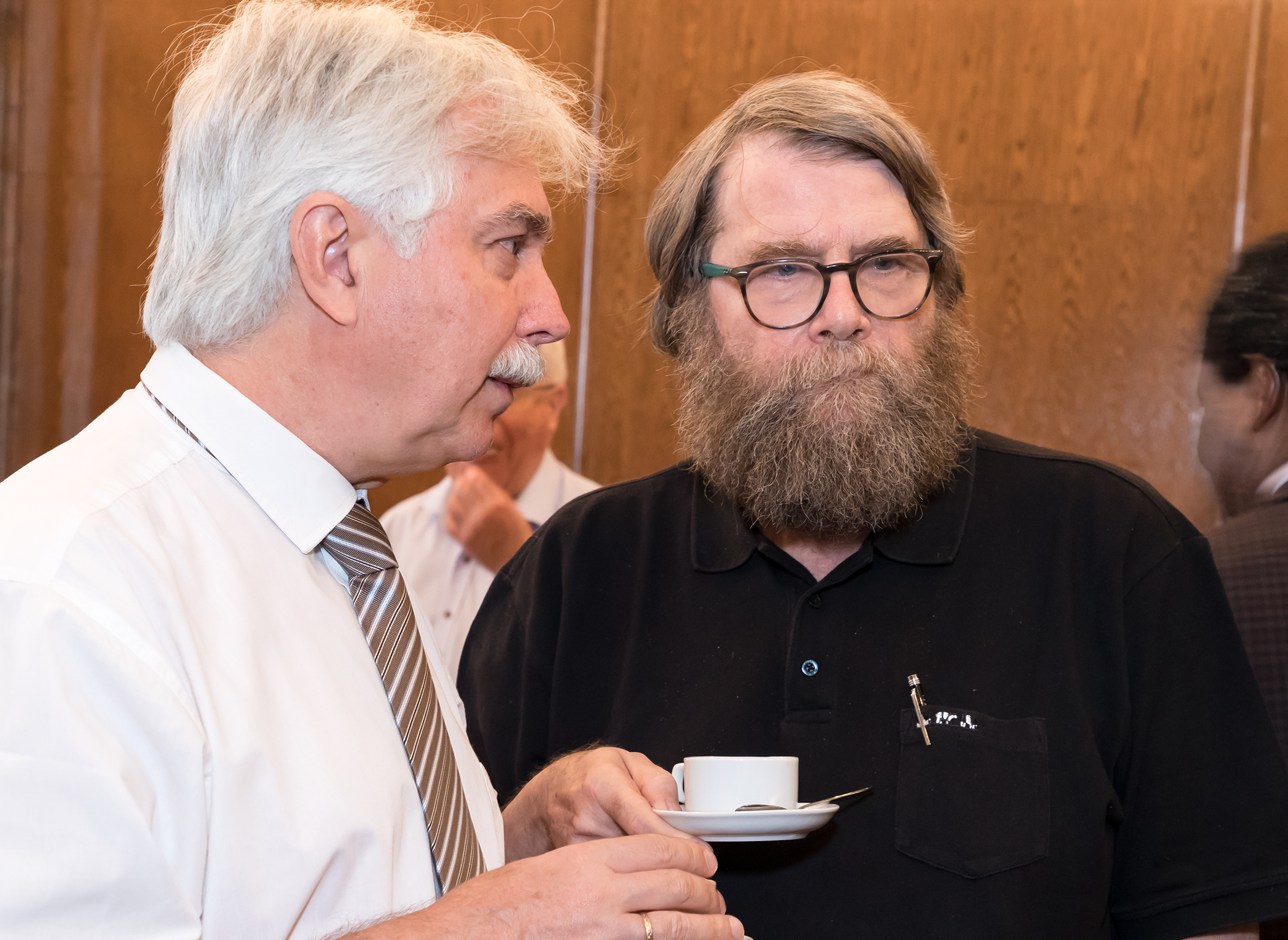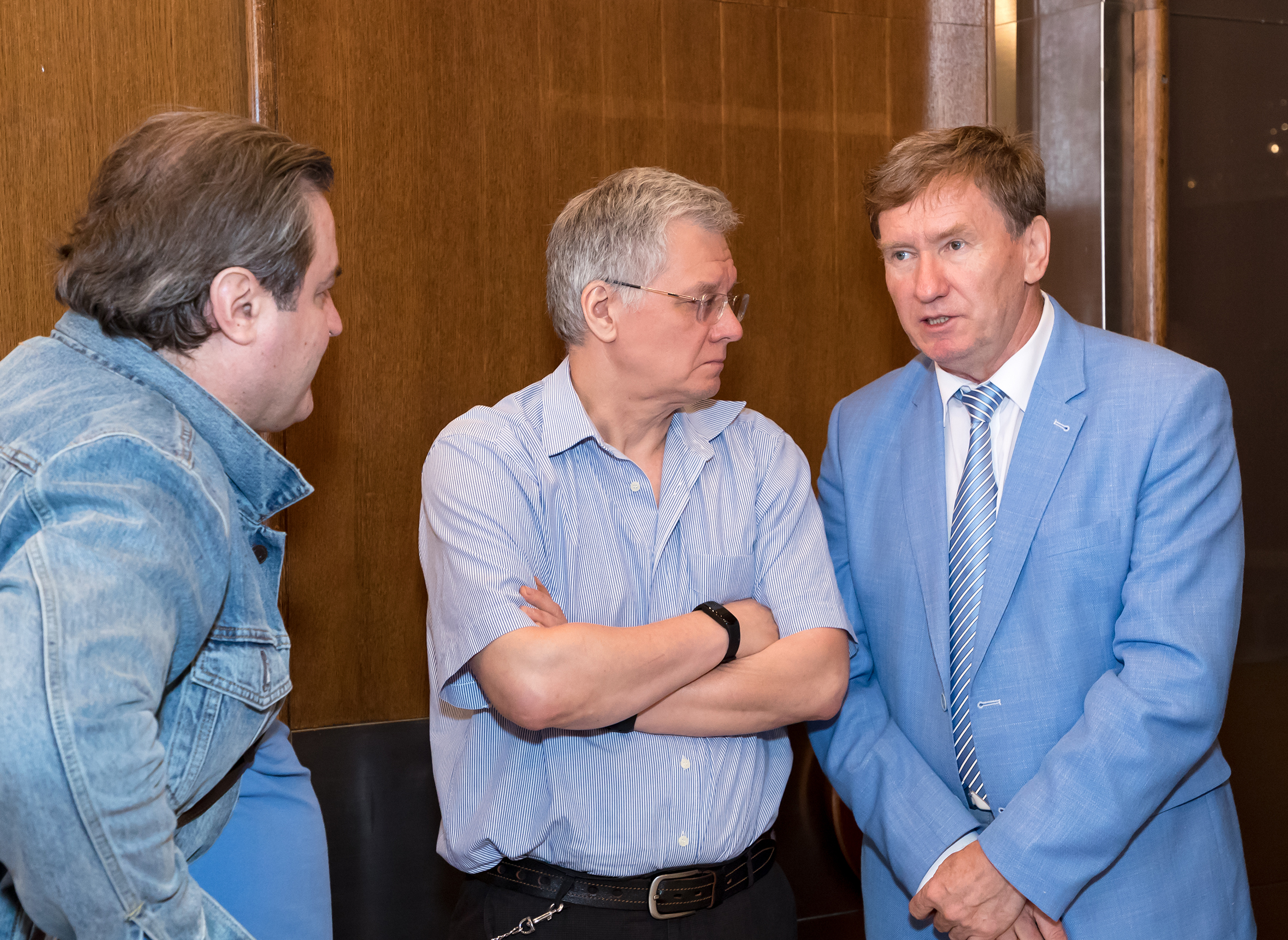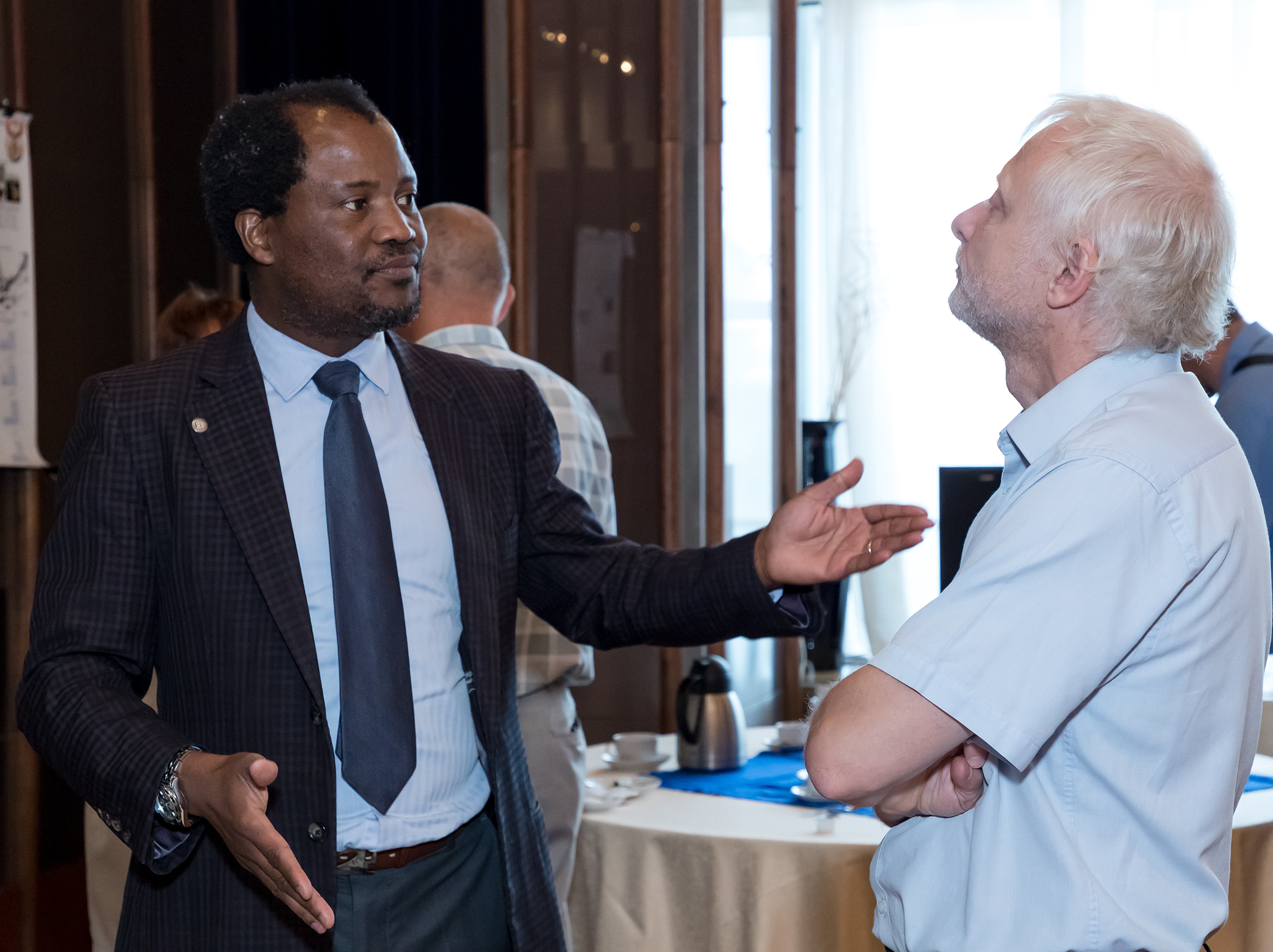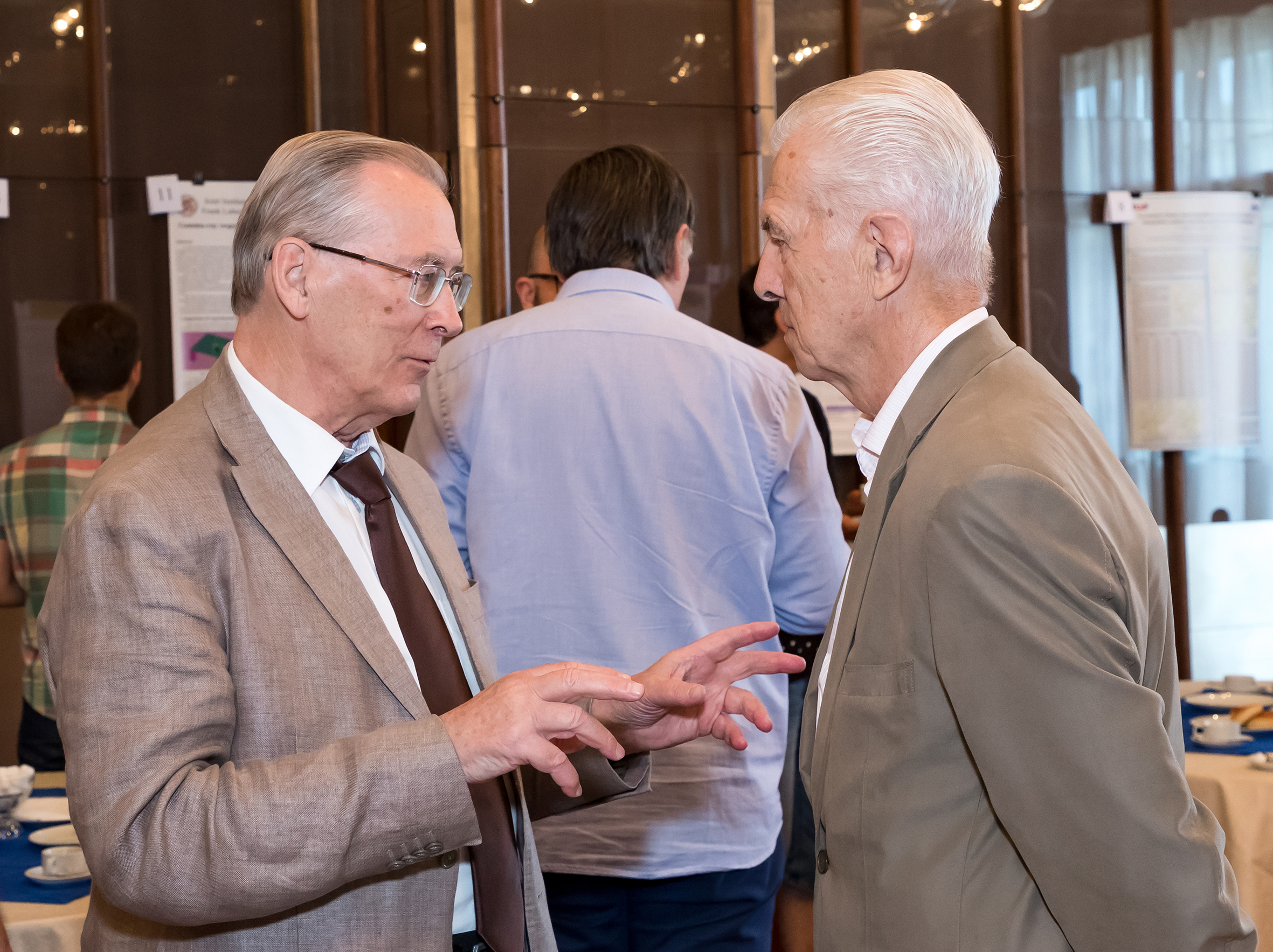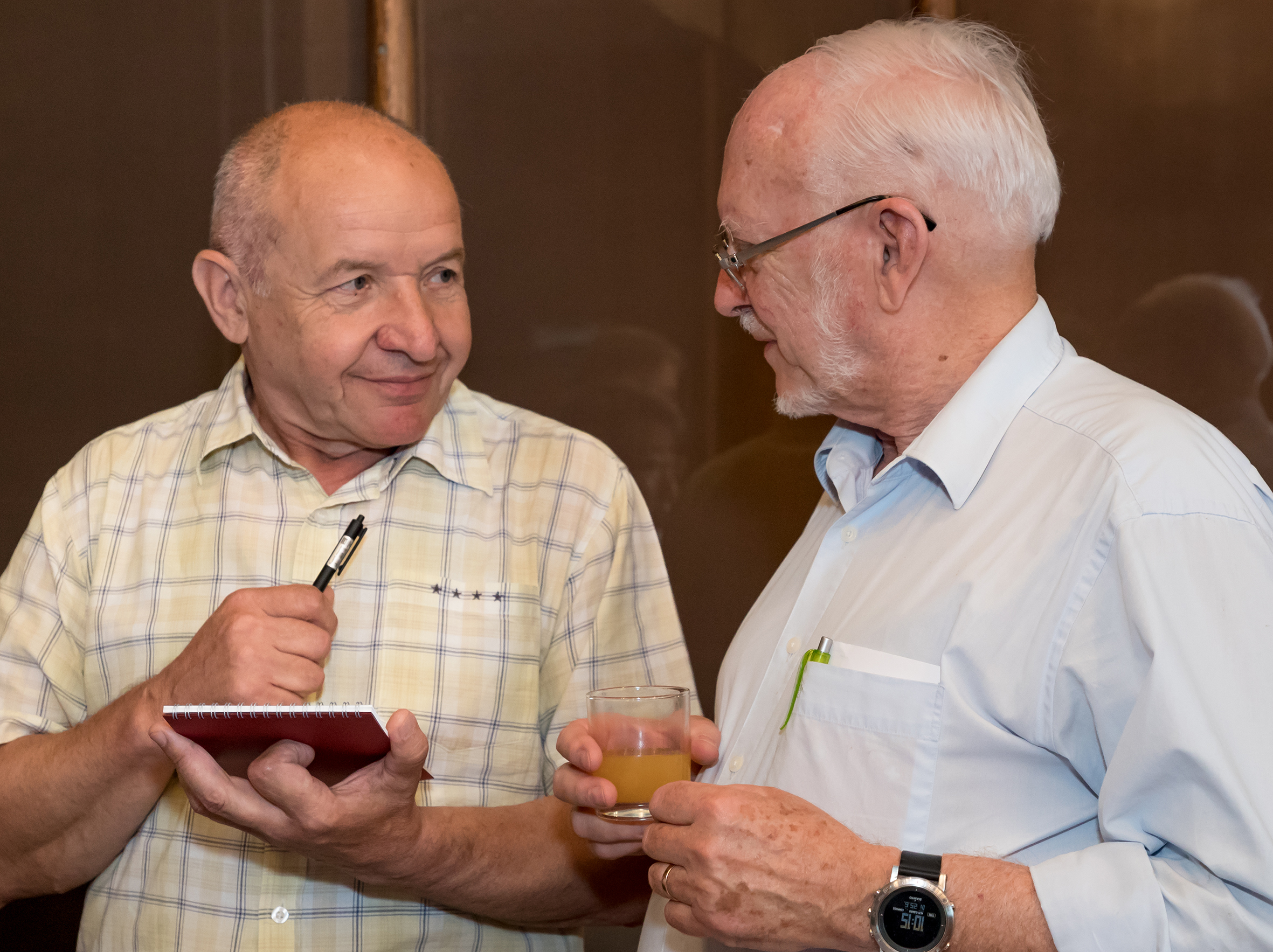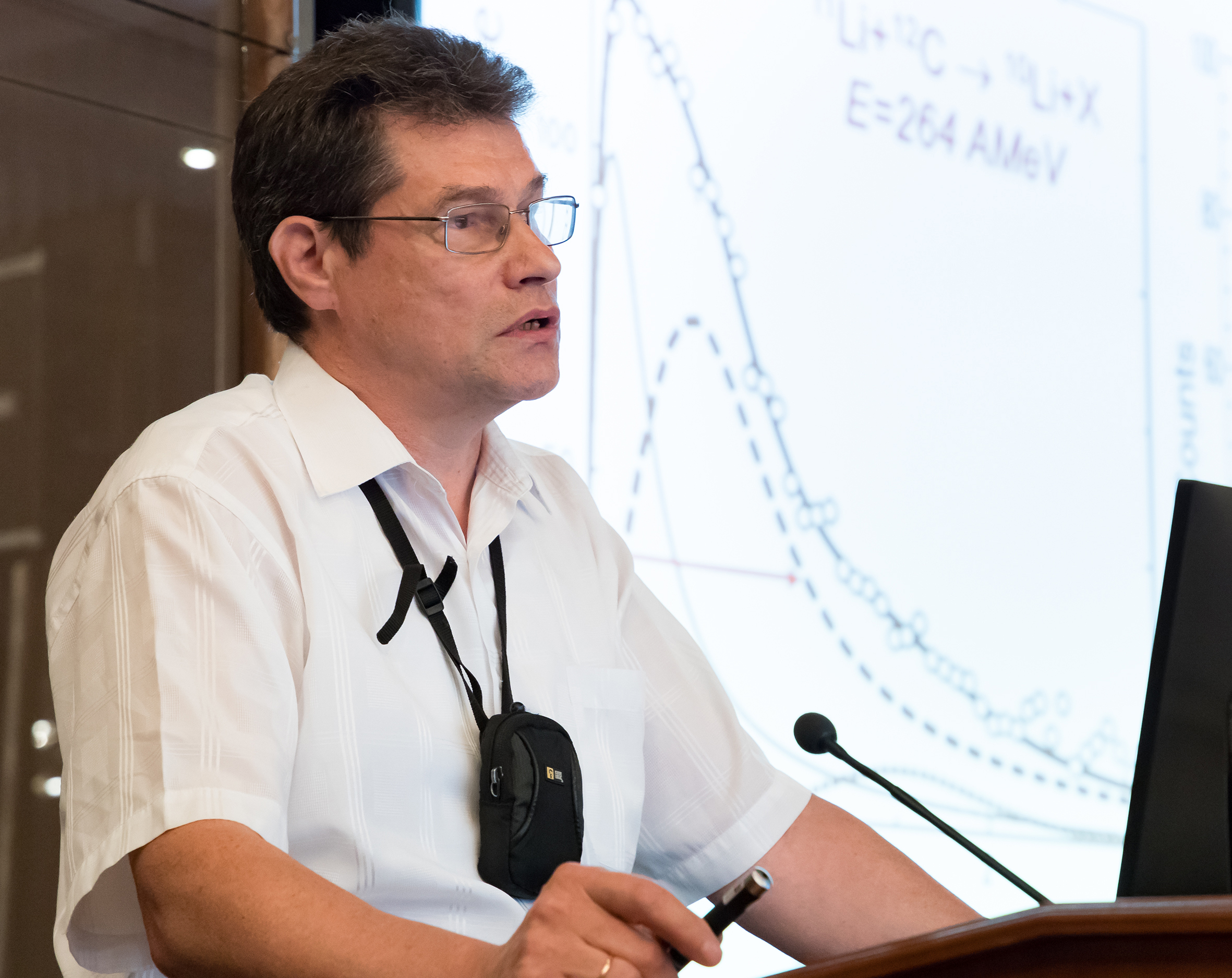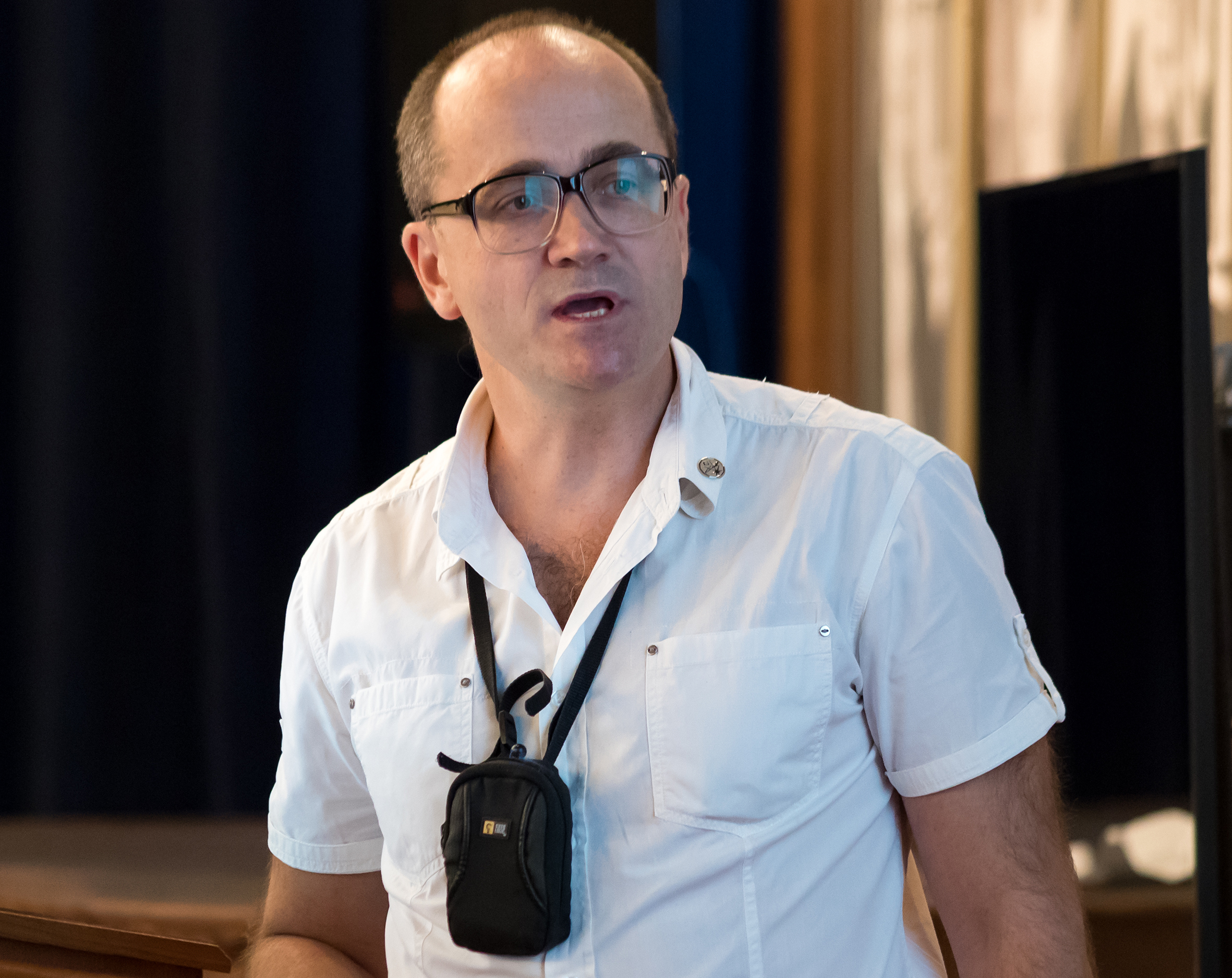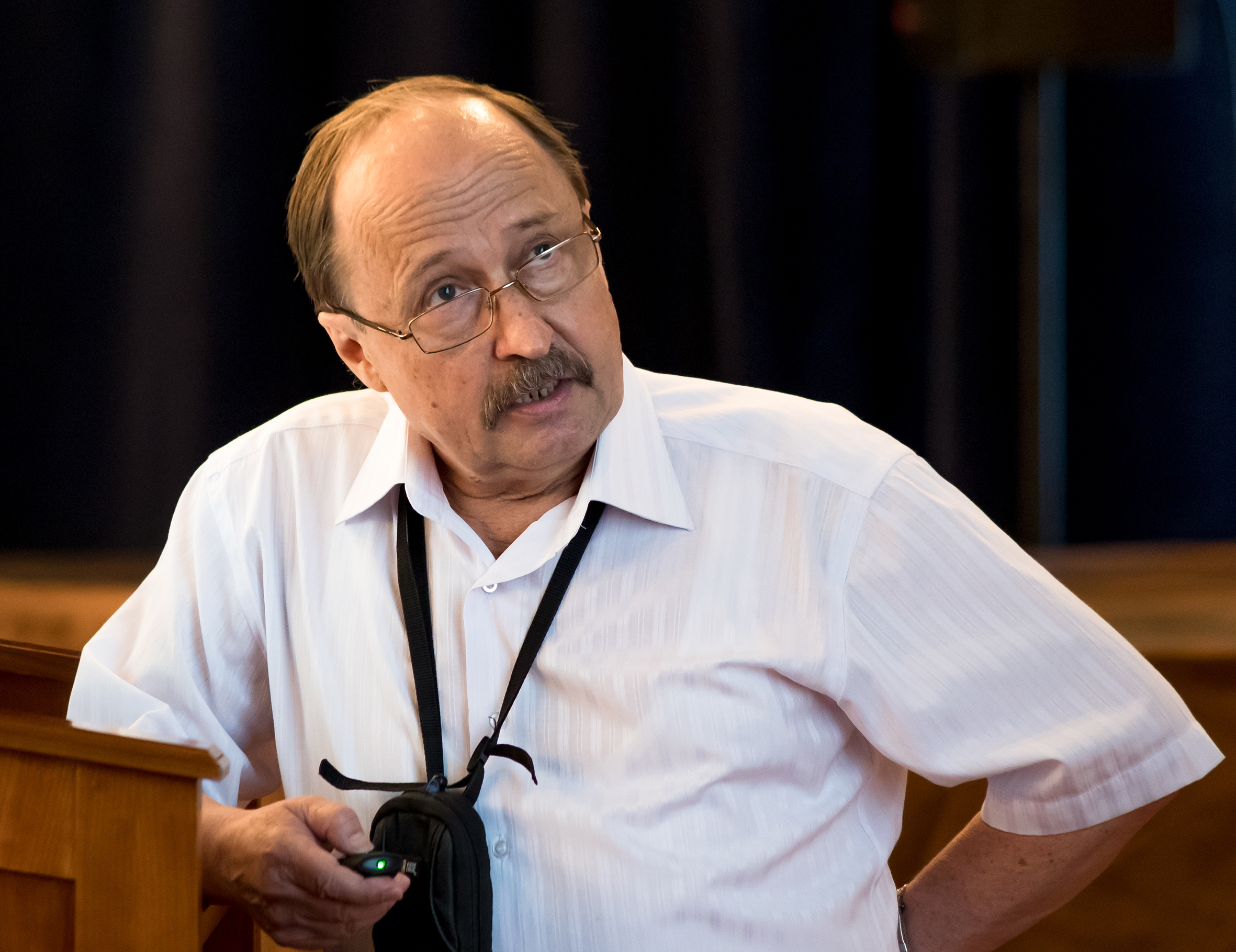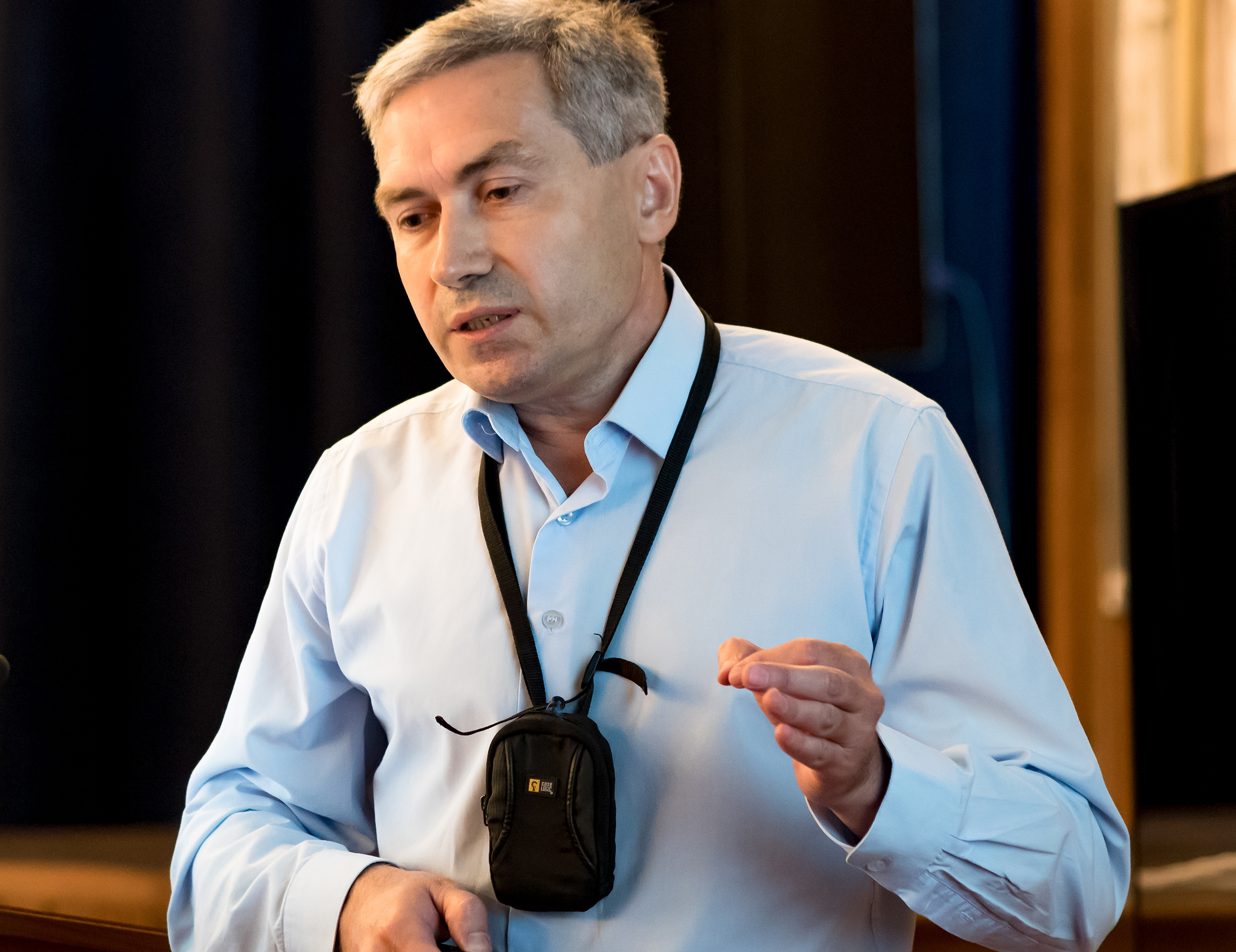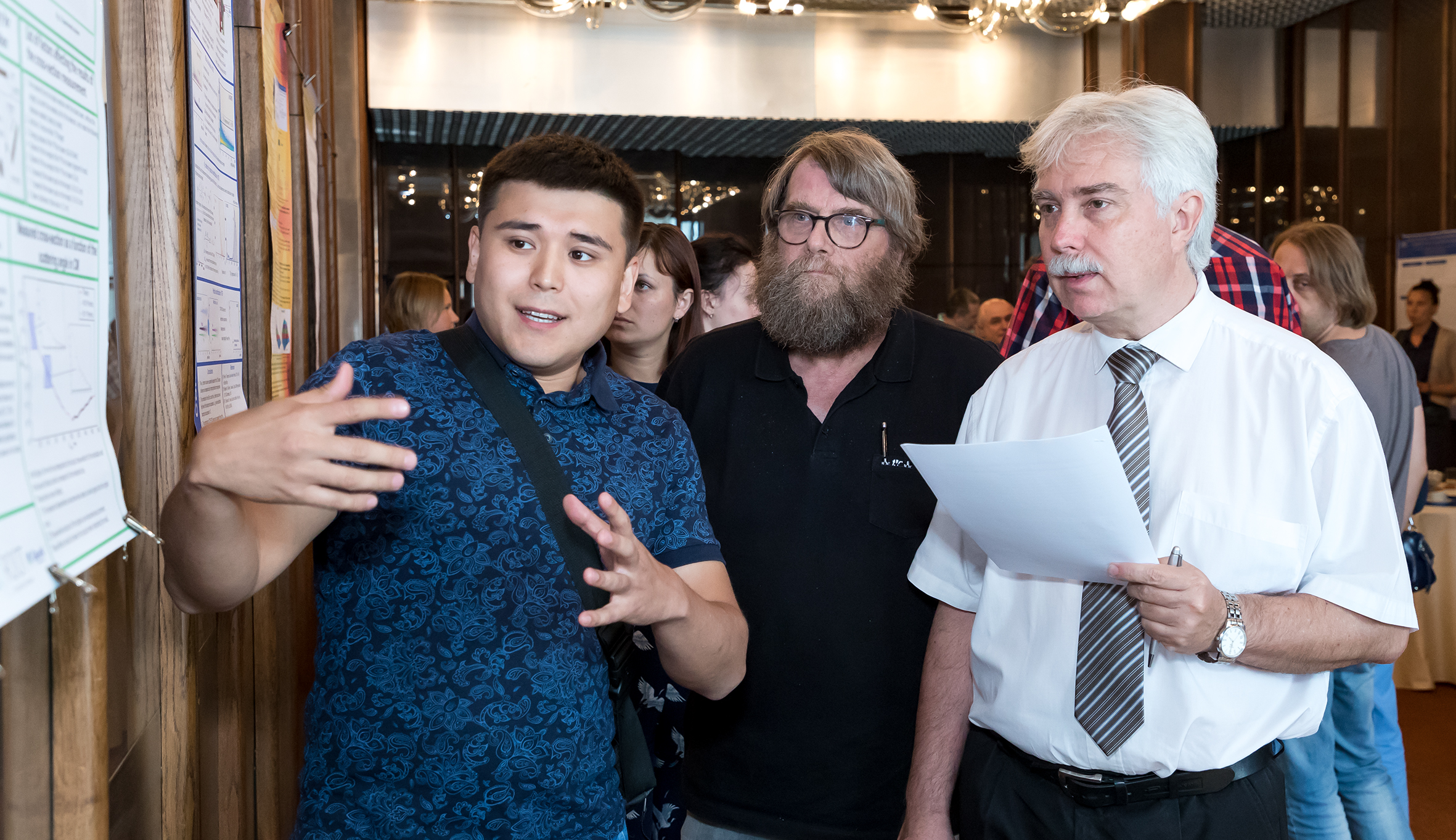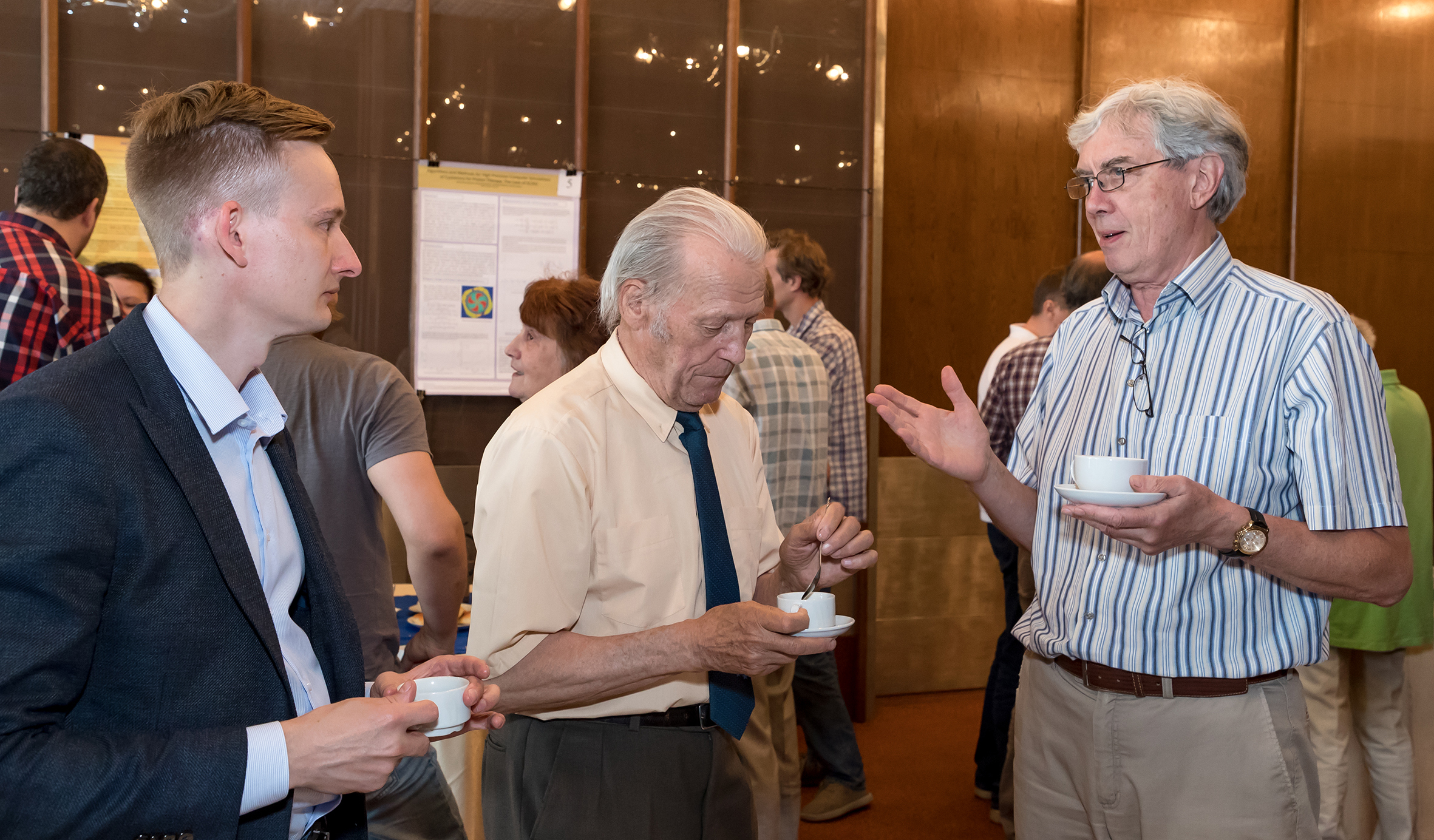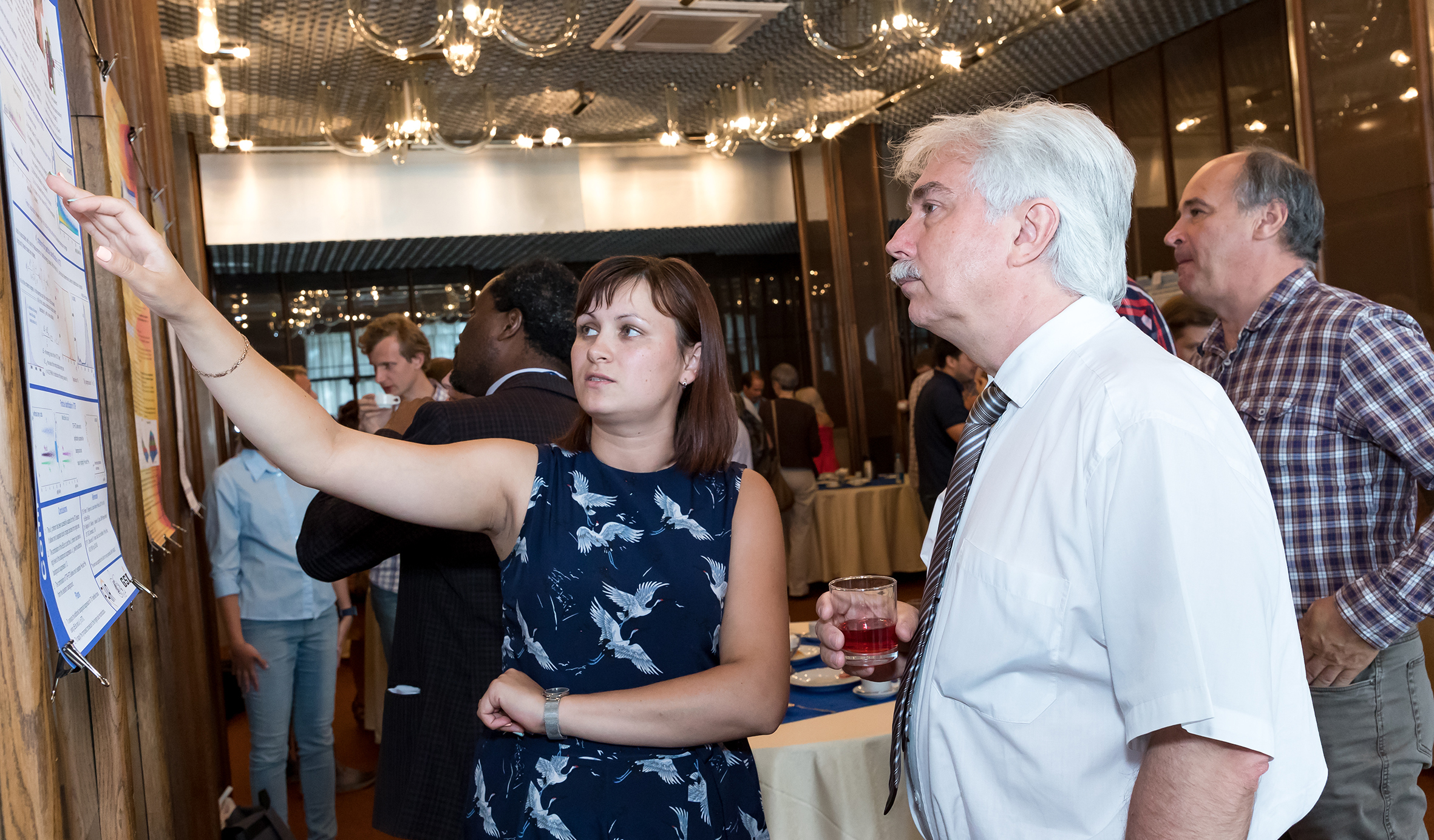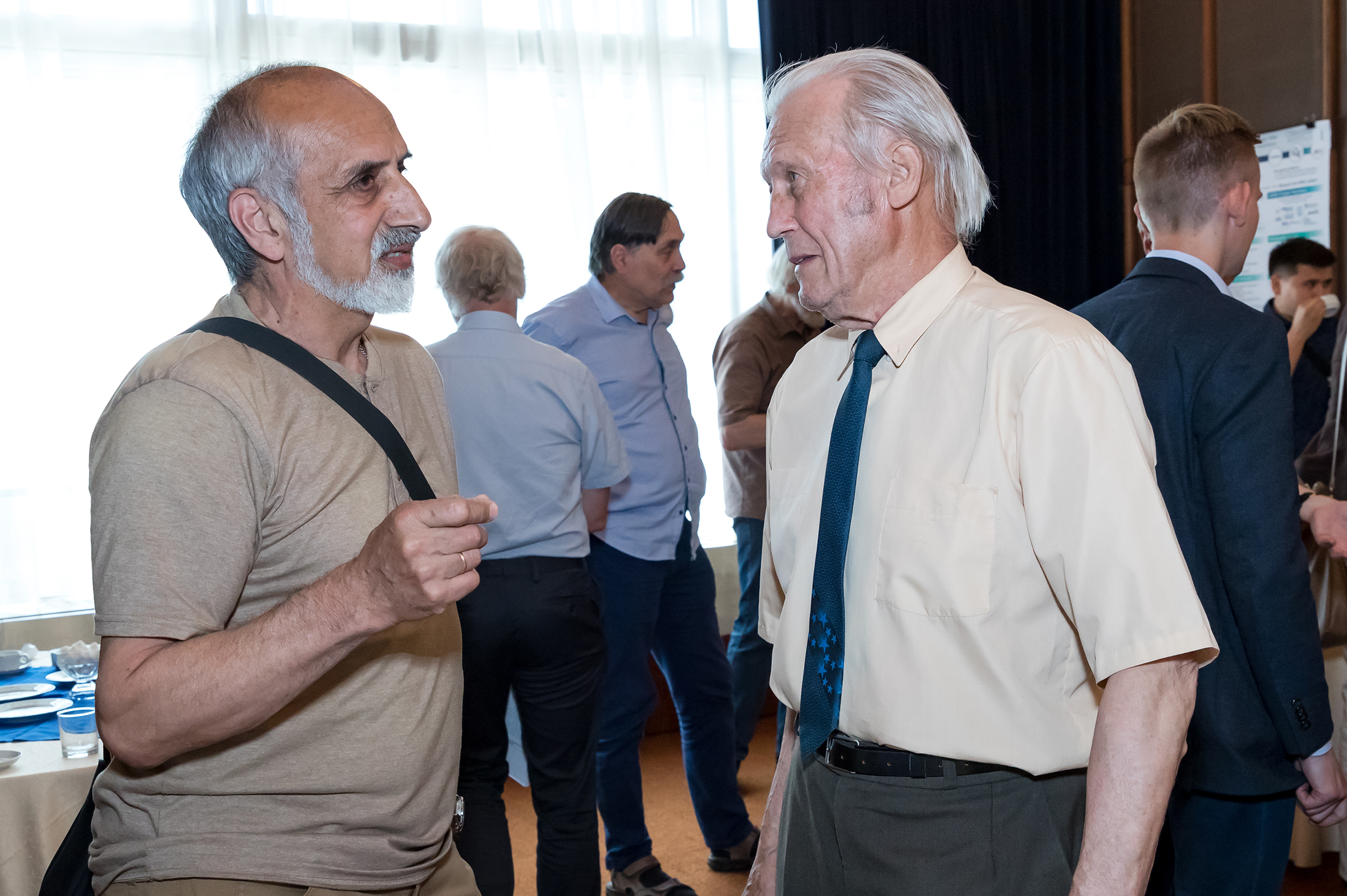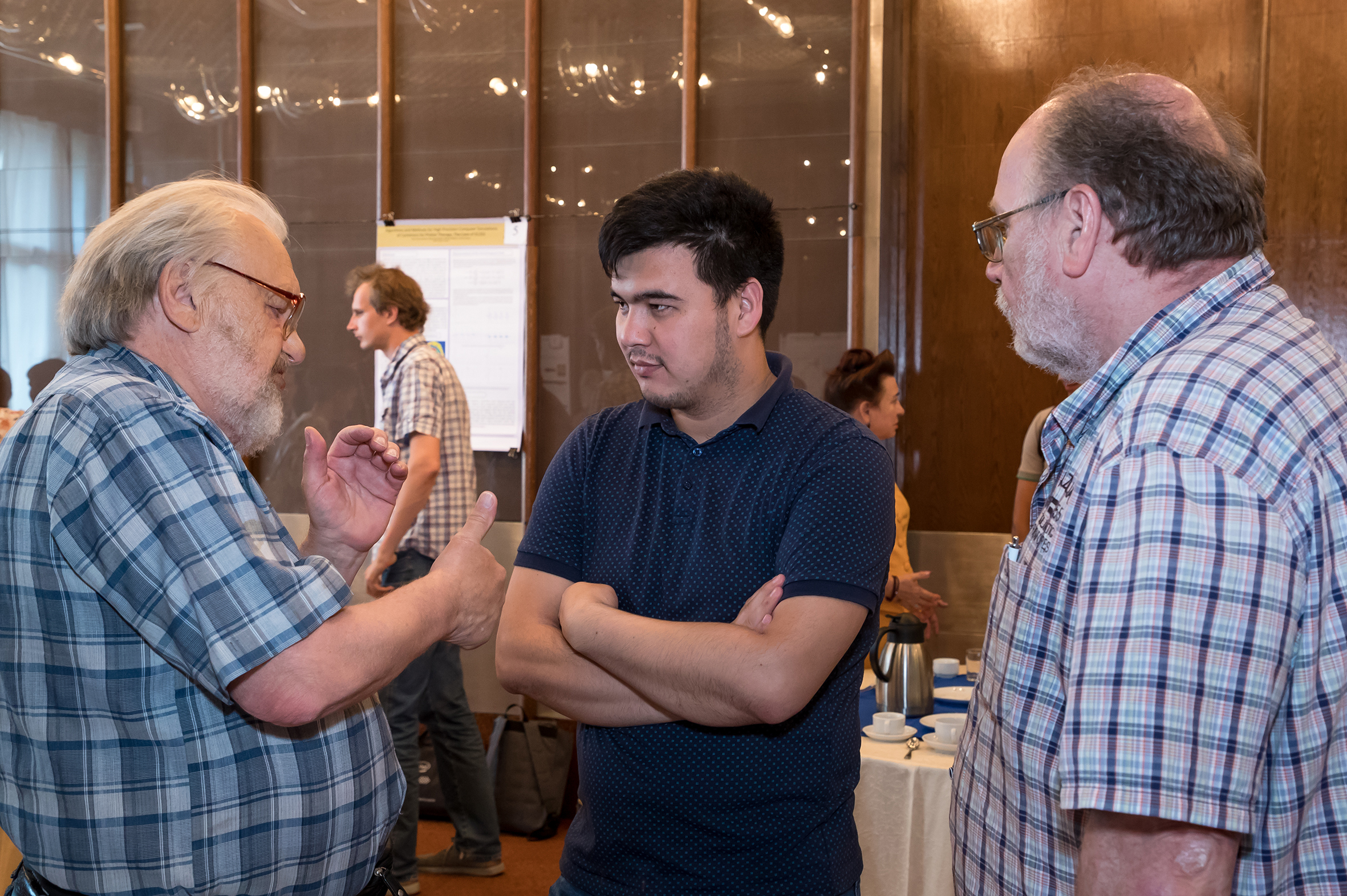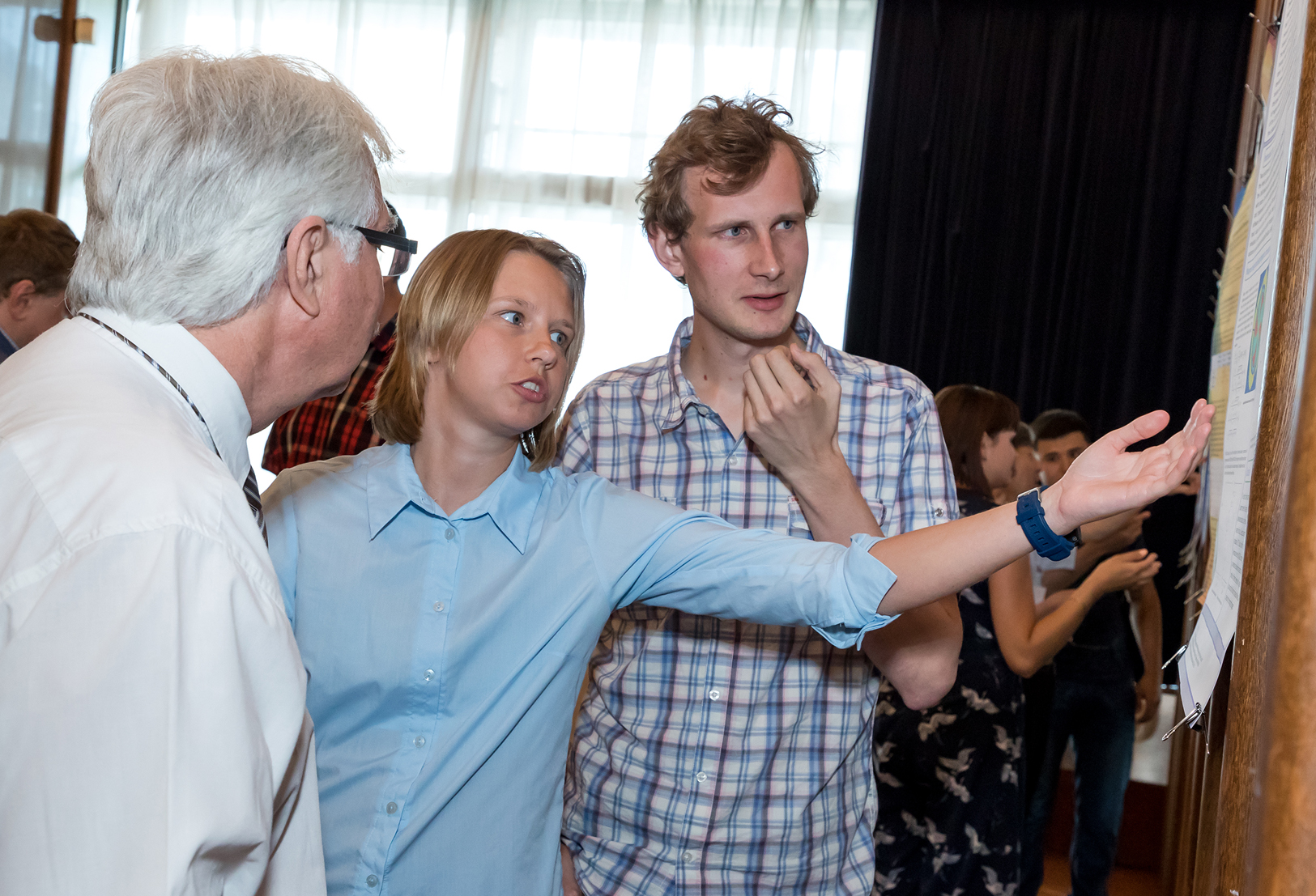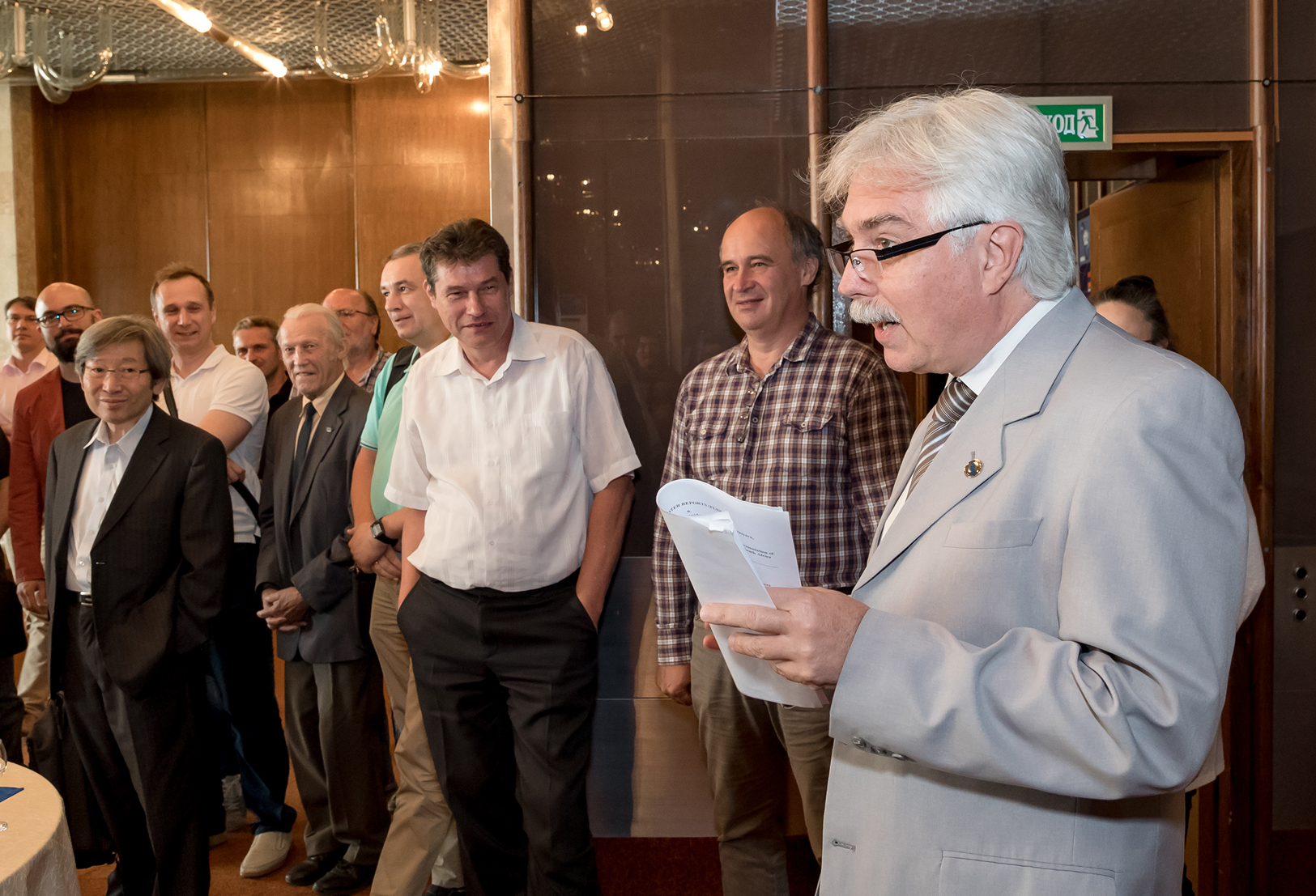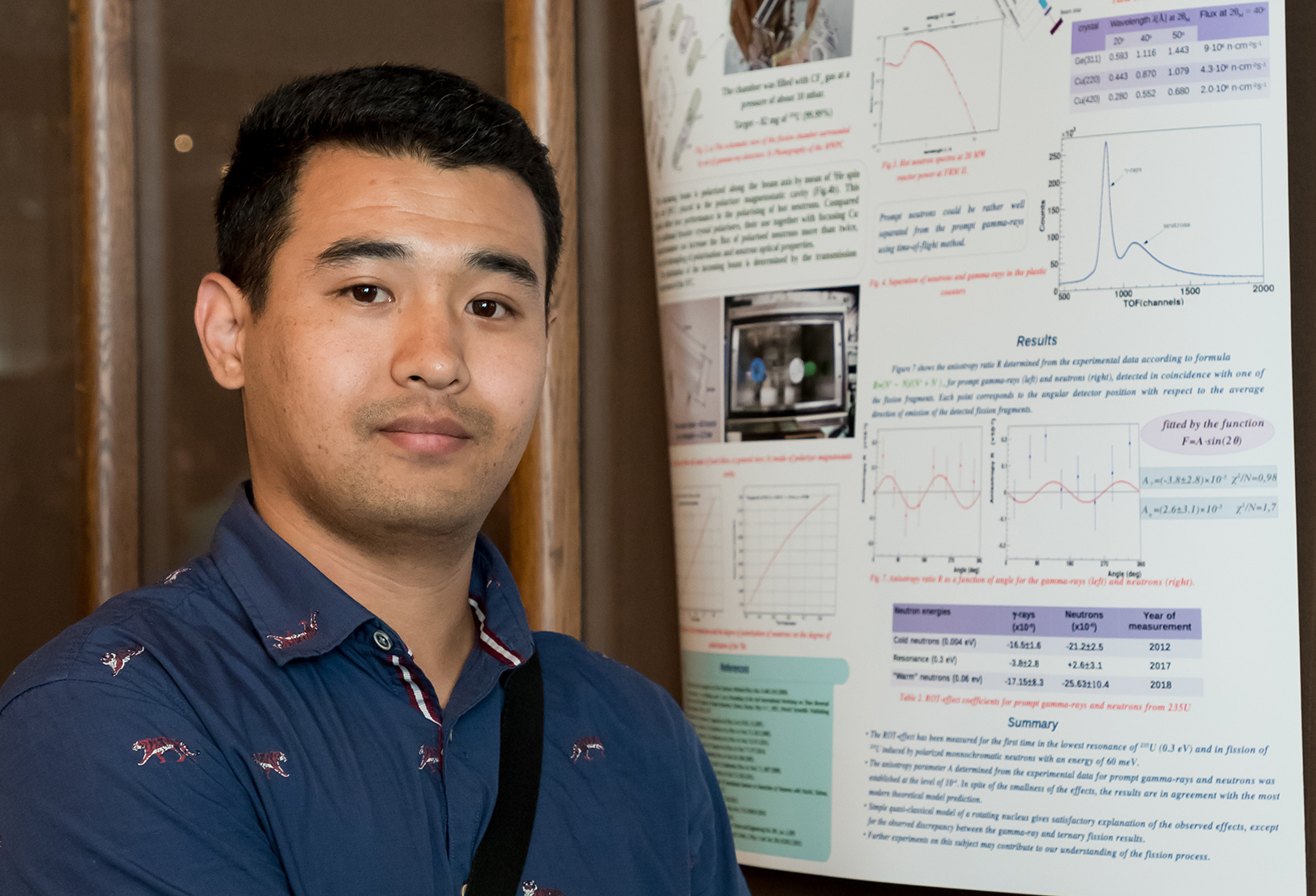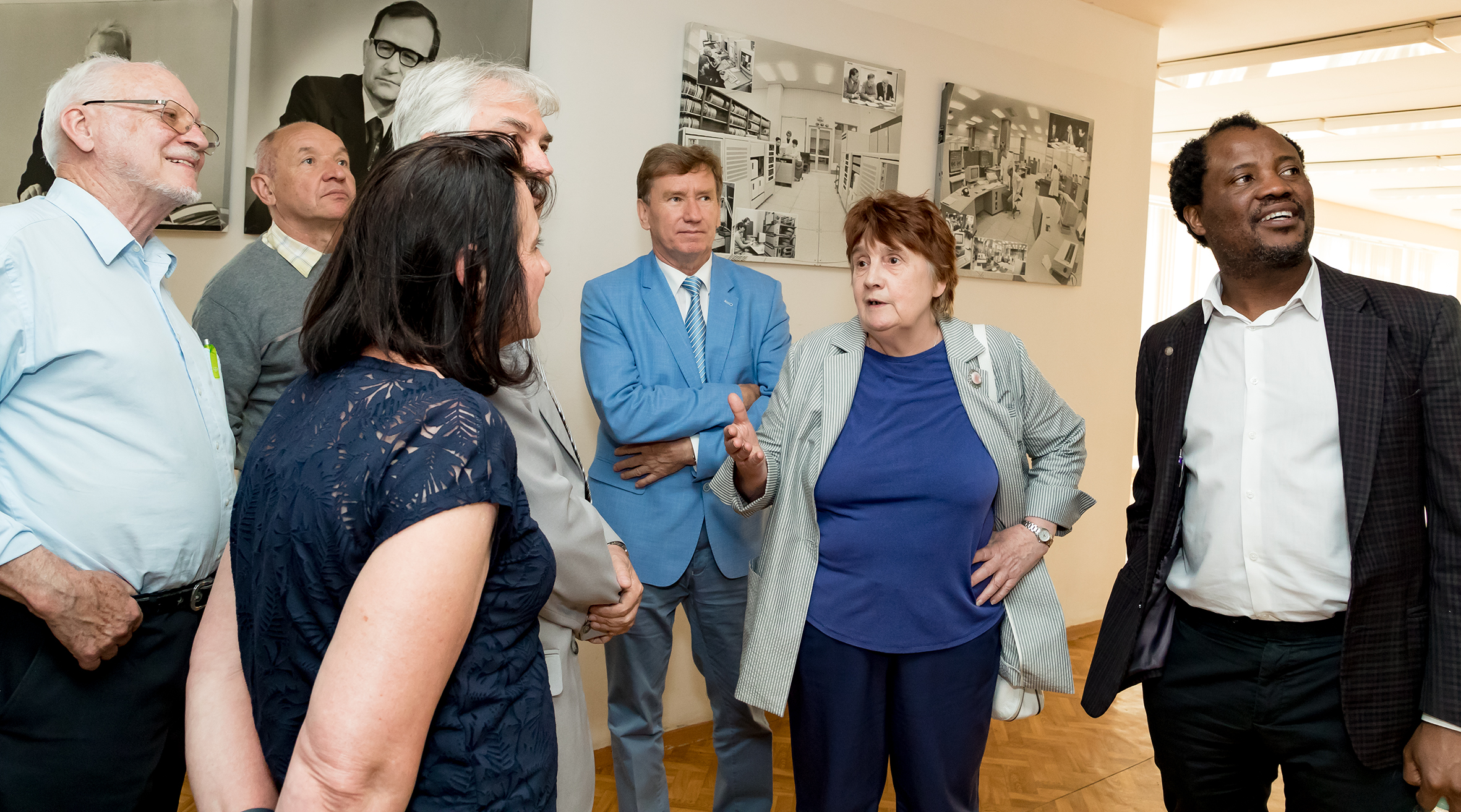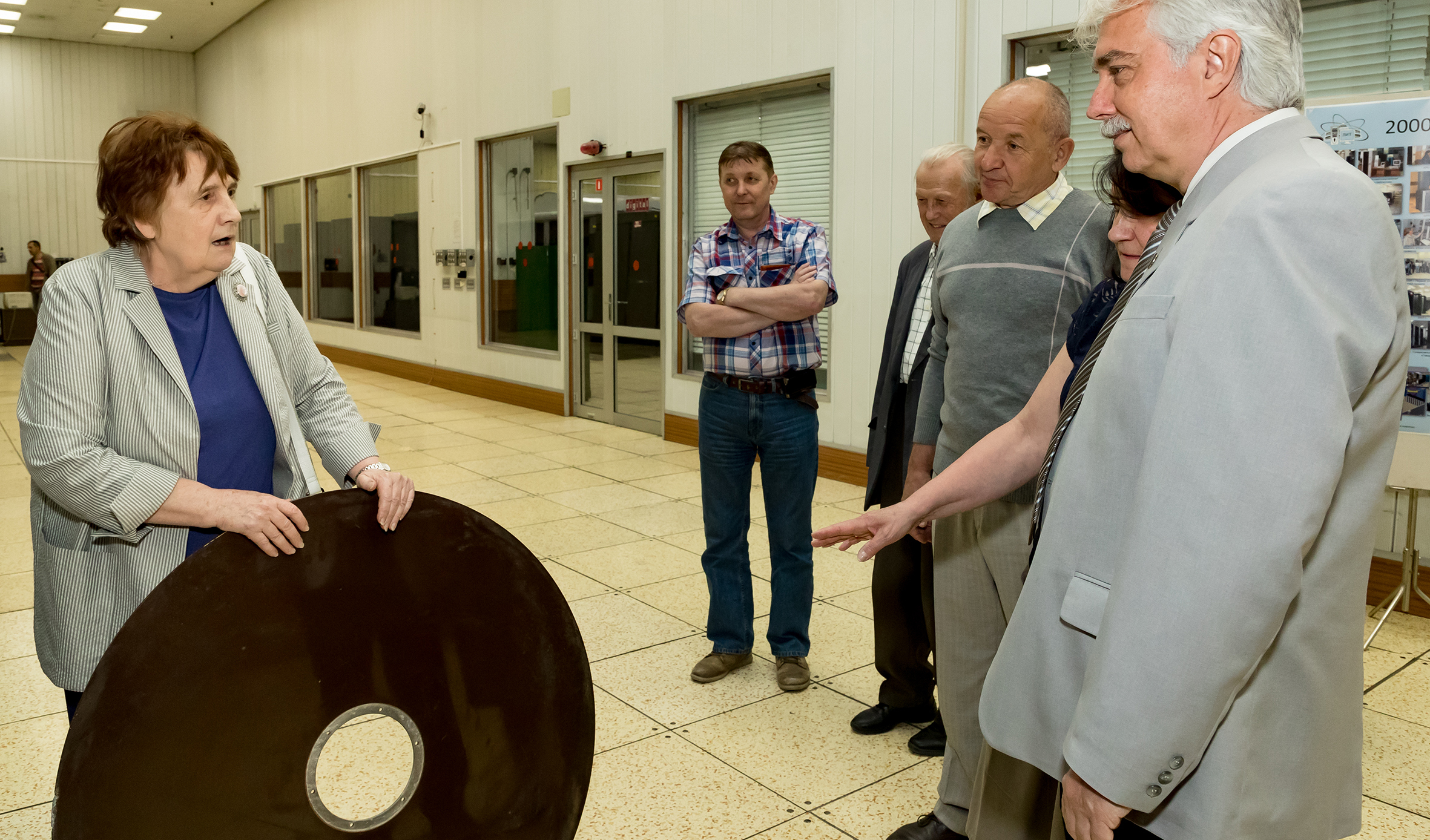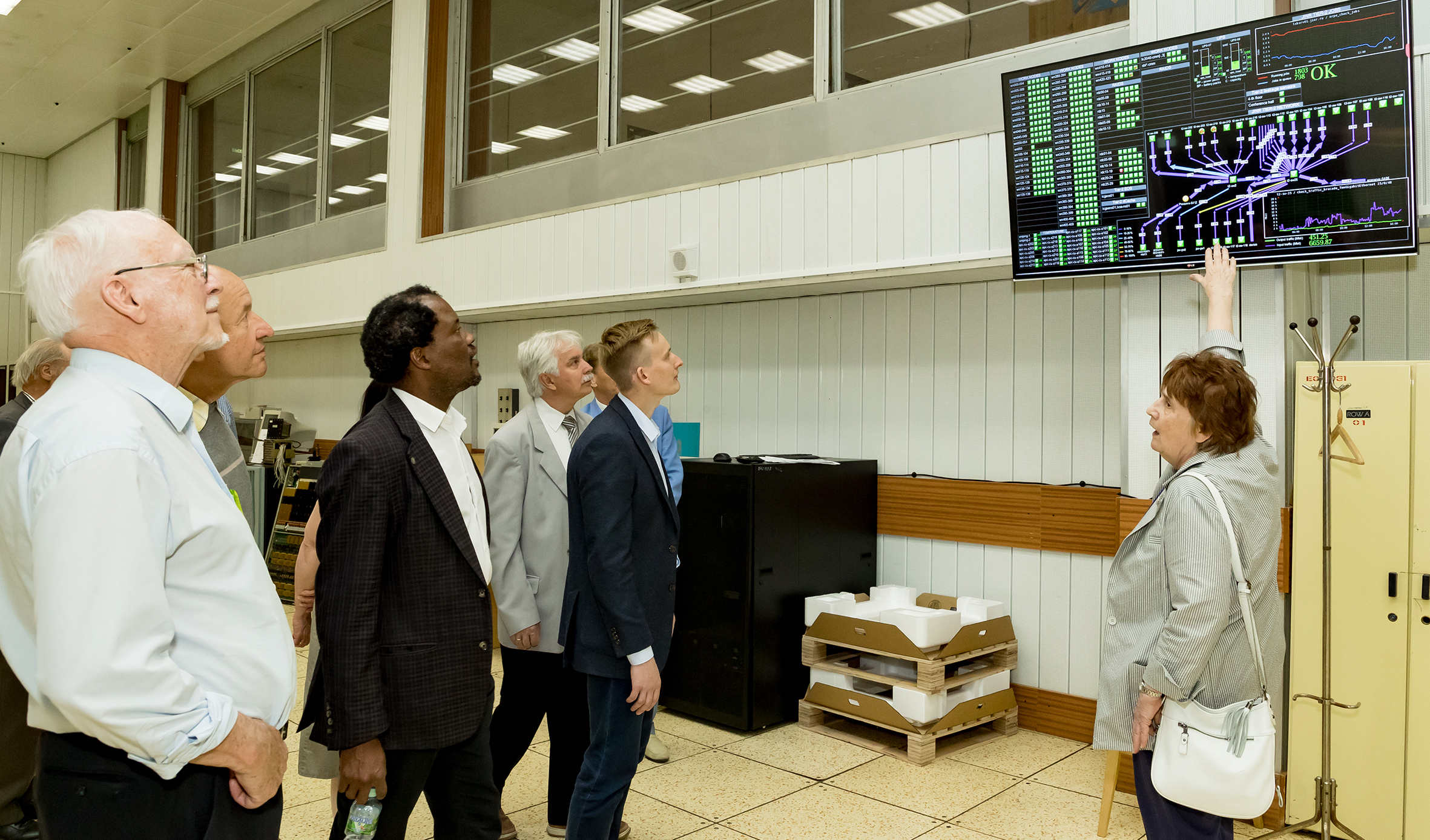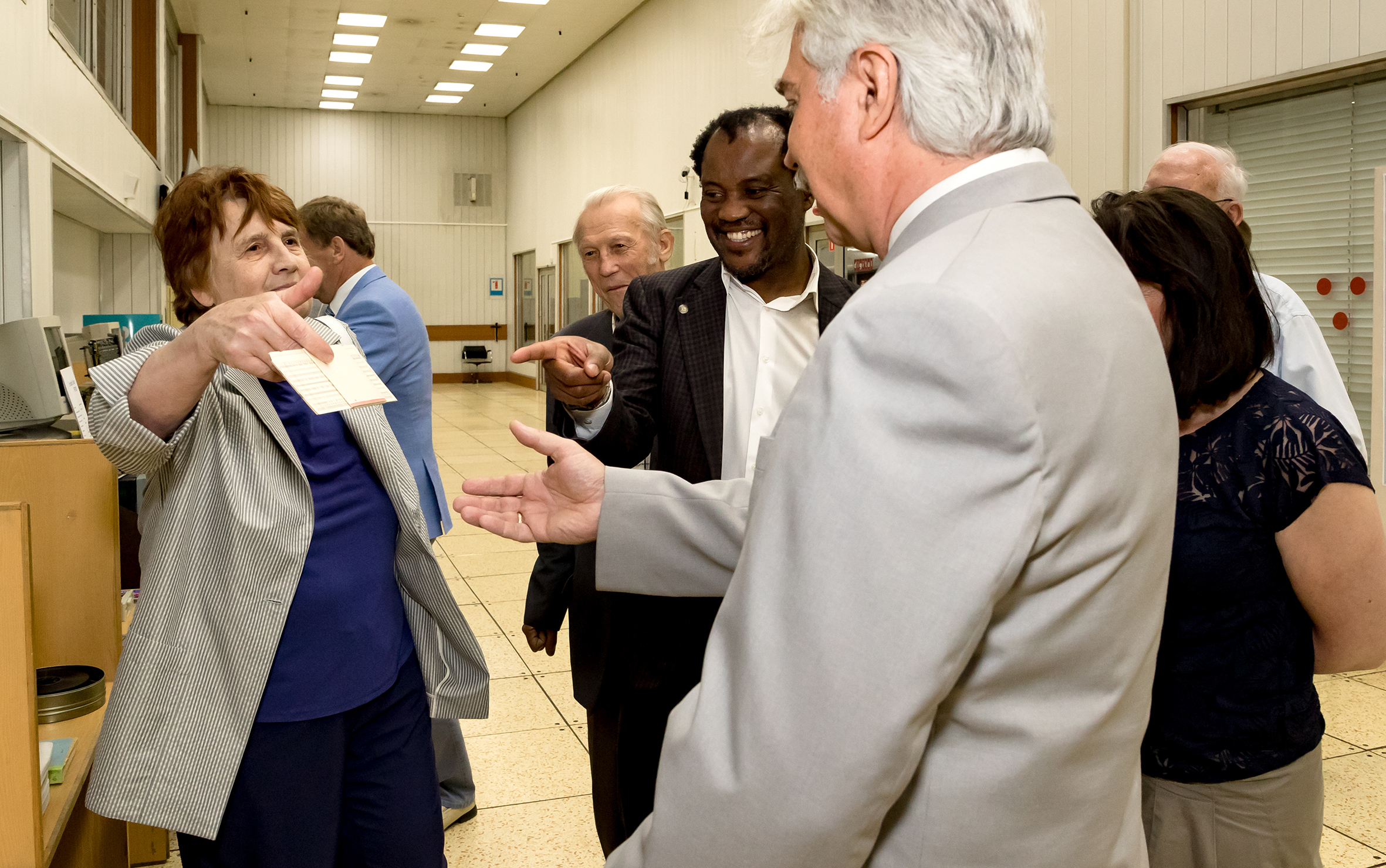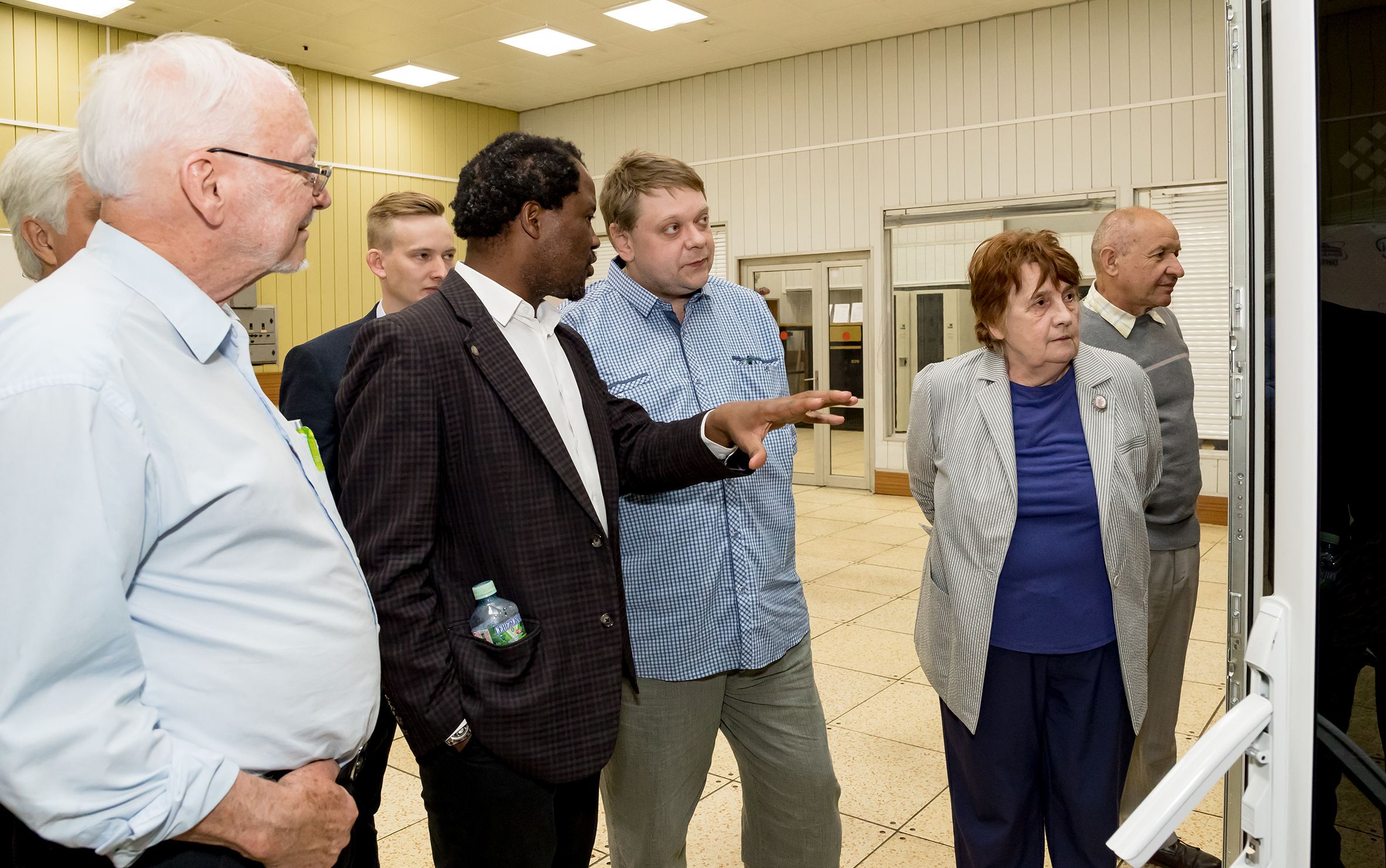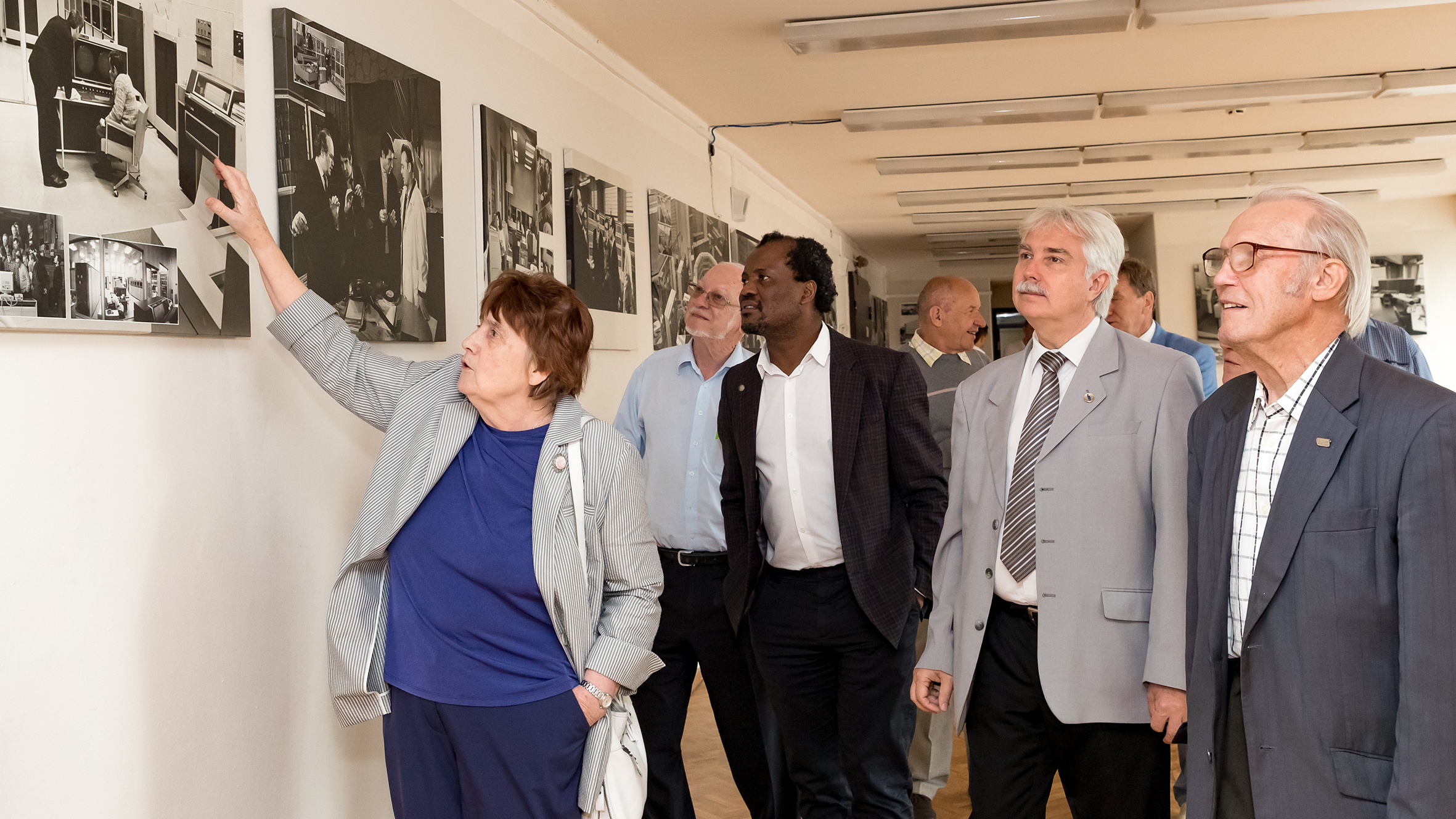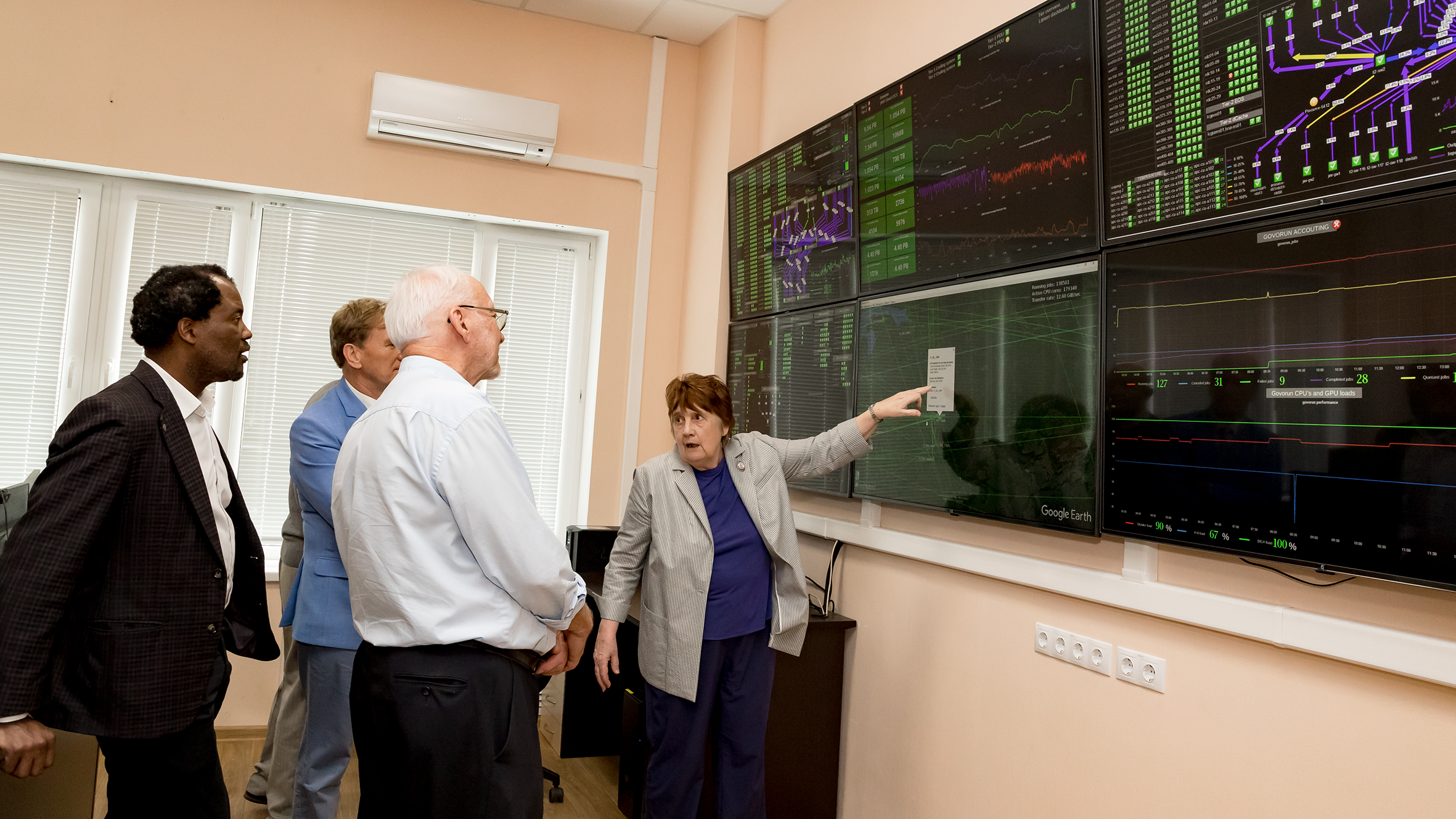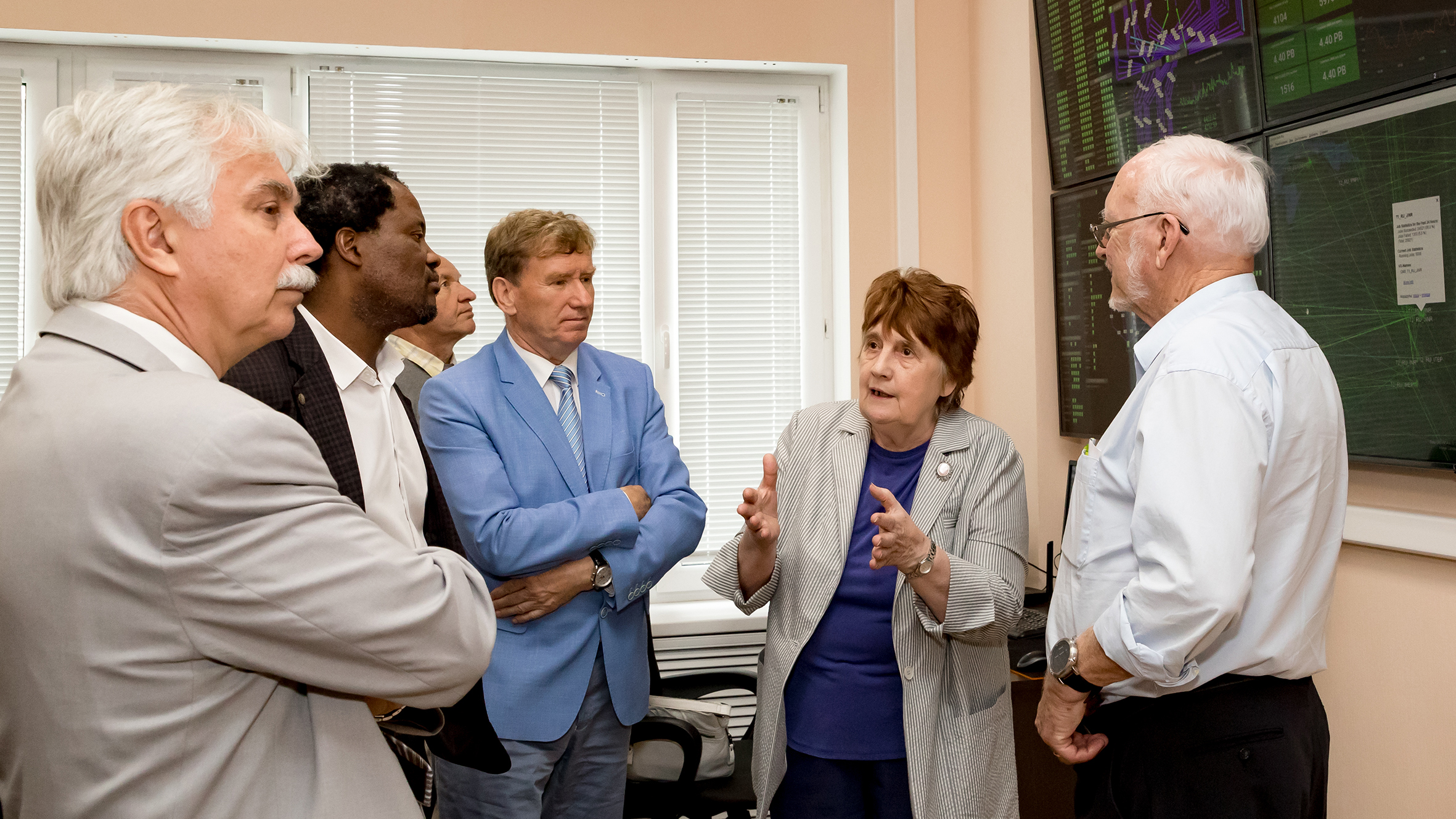About new themes and projects
Organization, 10 July 2019
JINR Vice-Director M. G. Itkis comments on the milestones of the 50th meeting of the Programme Advisory Committee for Nuclear Physics that was held on 24 – 25 June 2019.
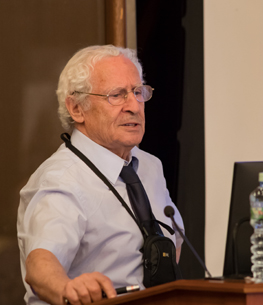 “The Committee for Nuclear Physics concluded the series of summer PAC meetings, and it is interesting that it was preceded by the meeting of the Nuclear Physics European Collaboration Committee (NuPECC) that was held in Dubna for the first time. We pay great attention to this as far as our Institute has been a full member of this international organization since 2014, and we have been included into the European Strategic Plan for Nuclear Physics with two large-scale projects. Moreover, we hope to add other projects as well in the future. Among them, there are NICA, the Superheavy Element Factory, and maybe the Baikal neutrino telescope will be added to them, as well as neutron research at the IBR-2 reactor. Such a lucky coincidence set a good mood.
“The Committee for Nuclear Physics concluded the series of summer PAC meetings, and it is interesting that it was preceded by the meeting of the Nuclear Physics European Collaboration Committee (NuPECC) that was held in Dubna for the first time. We pay great attention to this as far as our Institute has been a full member of this international organization since 2014, and we have been included into the European Strategic Plan for Nuclear Physics with two large-scale projects. Moreover, we hope to add other projects as well in the future. Among them, there are NICA, the Superheavy Element Factory, and maybe the Baikal neutrino telescope will be added to them, as well as neutron research at the IBR-2 reactor. Such a lucky coincidence set a good mood.
Another peculiarity of this meeting was that it was the 50th one, and PAC Chairman M. Lewitowicz started his report noting this significant date. He enumerated his predecessors, scientists who headed the Committee in different years, namely A. Budzanowski, J. Deutsch, Ch. Briançon, N. Rowly, N. Yaneva, V. Greiner, F. Piquemal. He noted the most significant moments in work of the Committee of the last 25 years in the Institute’s history.
LIT Deputy Director T. Strizh presented the report on the theme “Information and Computing Infrastructure of JINR” and a proposal for its extension.
The major aim of the 50th meeting was to consider new themes and some new projects. It included mainly the development of research on nuclear physics with neutrons. The key reports on this theme were made by E. Lychagin, Yu. Kopach who told about obtained results and proposed to prolong their research. By the way, it is very telling that everything related to neutron physics in the fields of research on condensed matter and nuclear physics develops successfully. In this regard, it should be noted that work aimed at further development has become very active. And information on opening a new theme connected with the drafting of the conceptual design of a new promising neutron source in JINR presented by V. Shvetsov evoked a vivid discussion. Members of the Committee support this proposal.
We face the situation when the prospective plan we are actively working at includes serious issues in both neutron nuclear physics and research on condensed matter, and heavy-ion physics. These are the fields of law energy physics. In this regard, the future of the Laboratory of Nuclear Reactions is discussed. Everything is great with the Superheavy Element Factory, and FLNR Director S. Dmitriev complementing the report by PAC Chairman M. Lewitowicz briefly outlined the present situation: we have achieved the design parameters of accelerating efficiency and beams’ intensity as well, and experiments are being launched already. It is crucial that just yesterday we obtained official permissions to bring into operation the whole complex, including the building and all systems.
This is our current situation. What the future neutron source will be like is a serious problem that is discussed at meetings of PACs for Condensed Matter Physics and Nuclear Physics. There are two options, and I, unlike others, think that this should be a source for not only research on condensed matter physics but neutron physics as well, and this was demonstrated in reports by Yu. Kopach and others. There are a lot of fascinating questions in the fields of nuclear neutron physics: odd-even effects in strong interactions and not only in weak ones, specific nuclear data not only for energy but for nuclear physics at large. So, I believe that this field is successfully developing. Nevertheless, the general comment was that there are not a lot of modern facilities at the IBR. However, the Laboratory of Neutron Physics works at it nowadays: modernization, development of this issue…
As for heavy-ion physics, A. Fomichev delivered a good report on the first experiments at the ACCULINNA-2 facility. It is a world-class fragment-separator that allows studying exotic nuclei using radioactive beams at the U400M accelerator. The general wish of members of the Committee was to intensify this process to collect more statistics in order to avoid any doubts about new interesting physical data on the structure of lithium-10 and hydrogen-7. It is such an exoticism that is connected, in fact, with the study of neutron matter using radioactive beams. We all realize that the U-400M accelerator at which these experiments are carried out is the major producer of radioactive beams, and it needs the increase in energy, the intensity of beams. In this regard, it will be stopped for modernization. However, if we consider more distant prospects, then there is a proposal made by our young scientists to open a new project. They offer to create a linear accelerator to produce intense beams of radioactive nuclei, to increase the energy of these beams, and, as a result, to achieve the increase in their intensity. Such a project has been already considered, a Directorate’s grant has been even allotted.
A proposal for opening a new project “Construction of a prototype of the initial section of a high-current heavy-ion linear accelerator aimed at producing intense radioactive ion beams for basic research” was made by L. Grigorenko. This large-scale and very expensive project is, of course, of the Institute level. Such plans are necessary for the future, and we definitely need such a project but not in a larger scale than the NICA complex, and we will have to choose what to do simultaneously: new neutron source or this linear accelerator, a large project of the Institute scale. It needs to be thought over, to be discussed a lot, but this is a move forward and there is a natural way of development.
All reported projects were approved with the first priority, and it was absolutely obvious. Young scientists brightly presented themselves with poster reports. It is a pleasure that there are young people from the Member States, not only European countries but from Kazakhstan as well, who were among the best ones at the poster session. It was a particularly successful part of the meeting compared to the preceding meeting of PAC for Condensed Matter Physics at which only six poster reports had been presented.
PAC members objectively evaluate all the projects, ask questions, including hard ones, to reporters. As for intentions to offer FLNP projects for the future, interesting issues are considered: the neutron lifetime, some other topical scientific issues. Unfortunately, it should be noted that these fields are still not provided with necessary facilities. All in all, the meeting was held in a working atmosphere; members of the Committee paid much attention to the supervision of presented at the meeting projects, actively participated in discussions of them.”
Interview was conducted by Evgeny Molchanov, JINR Weekly Newspaper
Photos by Elena Puzynina
